After last year’s successful debut, the team from Star Trek Wines returns for another round of vineyard releases this fall — this time leaving planet Earth for the valleys of Qo’noS!
When we last talked to the Star Trek Wines team in August 2019, they were just about to roll out their Star Trek: Picard tie-in debut product from the real Chateau Picard in France, along with a “Federation Special Reserve” Old Vine Zinfandel companion — and this year, the Wines That Rock company has two more bottles for wine fans (and collectors) alike.
The first is a follow-up to last year’s “Federation Special Reserve,” this time a Sauvignon Blanc white, complete with tall rounded bottle and unique angular label meant to call back to the lower section of the Star Trek: The Next Generation Starfeet uniform design.
Enter the next generation of the United Federation of Planets wines, a Sauvignon Blanc, made from north coast California grapes. This exquisite wine offers aromas of tropical fruits and white peach on the nose followed by refreshing crisp citrus flavors finishing with delicious length. Each of the limited-edition bottles are individually numbered.
Designed as a companion to the United Federation of Planets Old Vine Zinfandel, its futuristic round shape and unique label cut were inspired by the Starfleet Delta and are a nod to Star Trek: The Next Generation official issue uniforms.
The bottle’s elegant design and premium wine quality were created as if they were to be served at official United Federation of Planets gatherings including diplomatic banquets, Federation Council meetings, and planetary assemblies. Both Federation wines pay homage to the history and mission of The Federation, a dream that became a reality and spread throughout the galaxy.
The “Federation Special Reserve” Sauvignon Blanc is available for order at a price of $40.
From the far reaches of the Klingon Empire comes the second release for 2020, one that hopefully meets with General Martok’s approval: a special Klingon Bloodwine, produced with help from the Klingon Language Institute and one that’s been in the works for more than a year.
In its quest for authenticity, Wines That Rock enlisted the talents of several of the world’s leading Star Trek and Klingon experts to help make Klingon Bloodwine the real deal – from the bottle selection, Klingon language, wording, design, and a deep dive on Klingon Culture & History.
“We spent a lot of time researching with leaders of the Klingon Assault Group and Klingon Language Institute to get the cultural and historic elements rights. From there, we focused on design elements, including a special silk screen process with a unique mesh texture that gives the bottle a certain gravitas,” said Wines That Rock’s Head of Innovation Craig Spurrier.
“Honoring the ancient methods of the great Klingon vintners, premium Cabernet Sauvignon grapes were used to create this traditional Bloodwine, cultivated to produce strong flavors that glisten a vibrant ruby color in the glass. As a special ‘extra’ for fans, each bottle also features one of four unique corks produced with different Klingon proverbs. Each bottle is then hand filled and expertly wax dipped at E2 Family Winery.”
“I am honored to have been given the opportunity to work with Wines that Rock as they created this fantastic new wine,” said Chris Lipscombe (qurgh lungqIj), Head of the Klingon Assault Group (KAG) and Assistant Director for the Klingon Language Institute (KLI). “Their eagerness to embrace Klingon history and culture during the work was glorious, and I hope every Klingon warrior has the chance to enjoy a bottle of this Bloodwine! ‘IwlIj jachjaj!”
The screen-used “bottles” of Bloodwine seen in Deep Space Nine began their life as motor oil cans, not exactly approved for commercial wine packaging, so the Star Trek Wines team had to come up with a bottle “that Klingons would really want,” as they told us last summer.
If you want to party with warriors of the Empire, you can purchase the Star Trek Wines Klingon Bloodwine now at a price of $50 per bottle.
We were pleasantly surprised to see this line of wines continue for a second year, and with the company’s desire to move into more alien wines like Cardassian kanar and Bajoran springwine, we hope that there will be more to come in 2021!
In the meantime, you can order these two new releases — as well as last year’s first two offerings — at the official StarTrekWines website.

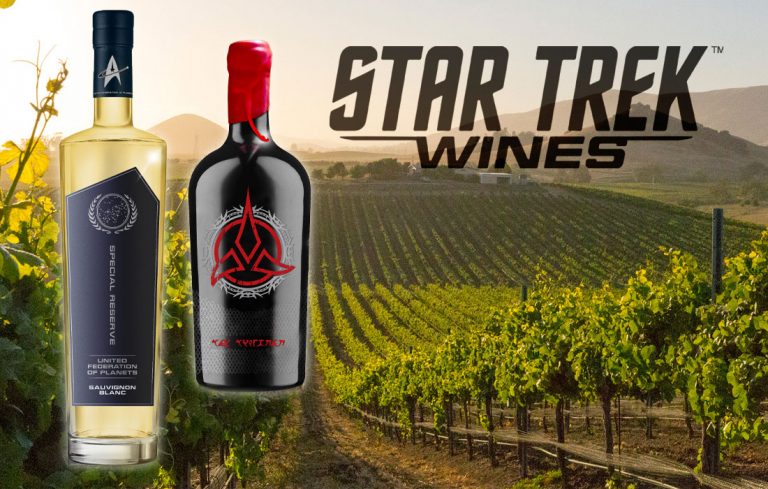
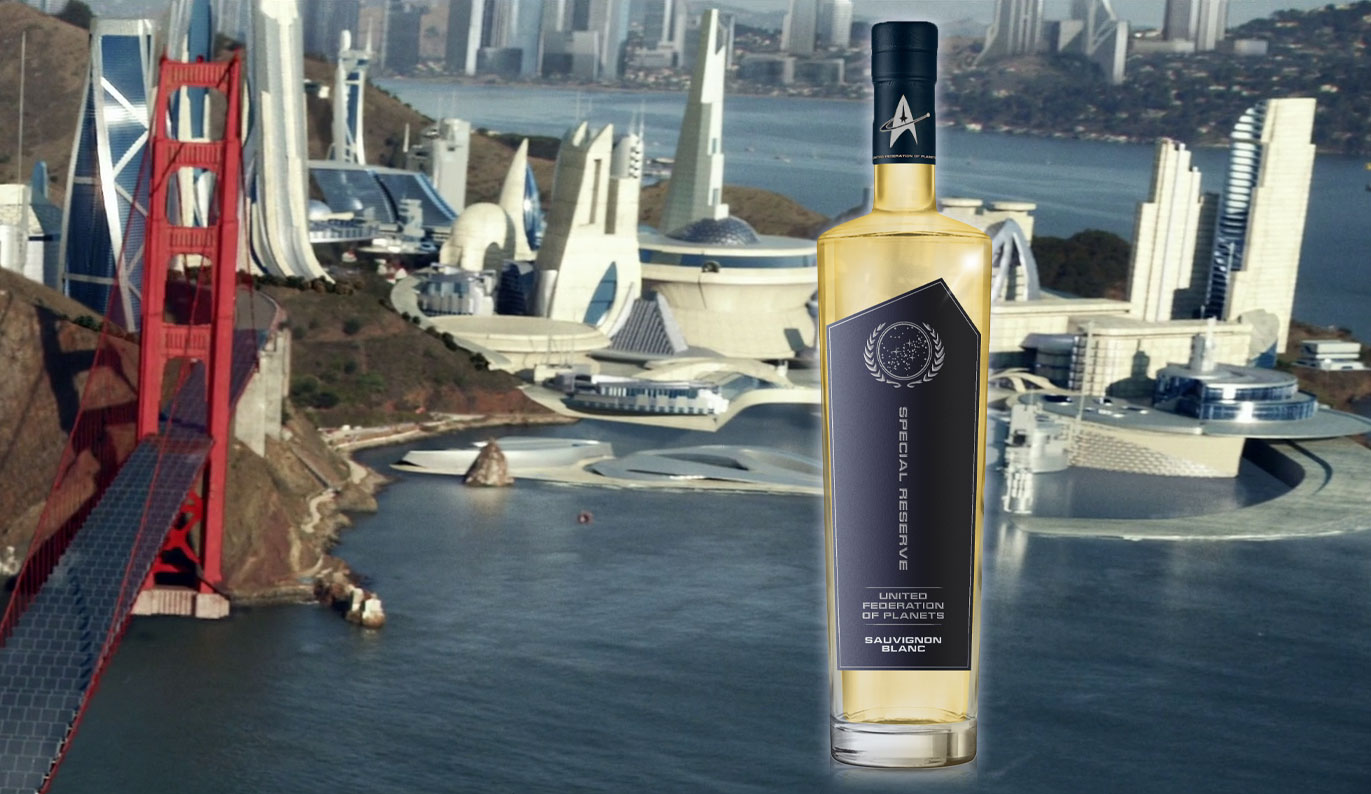
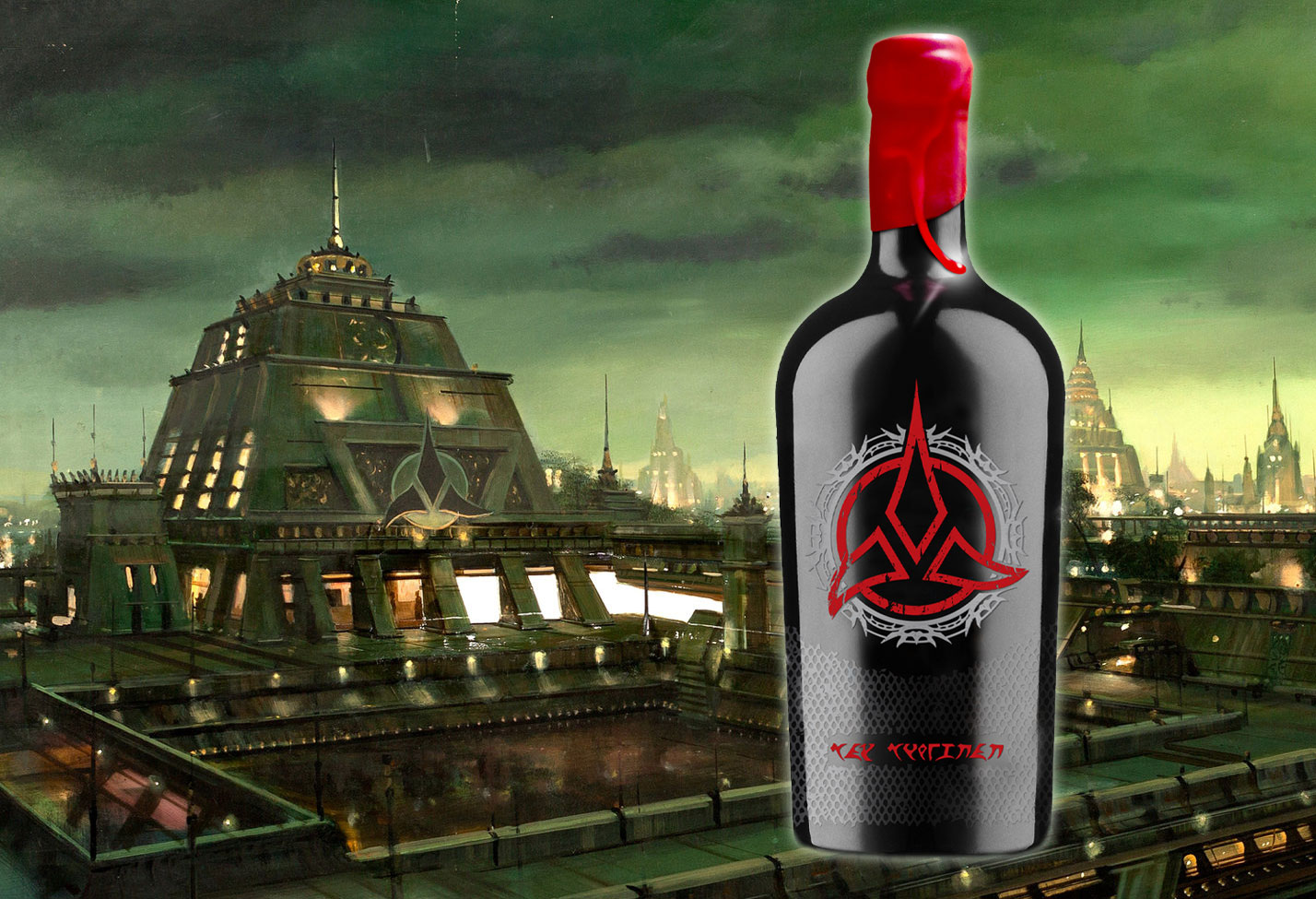
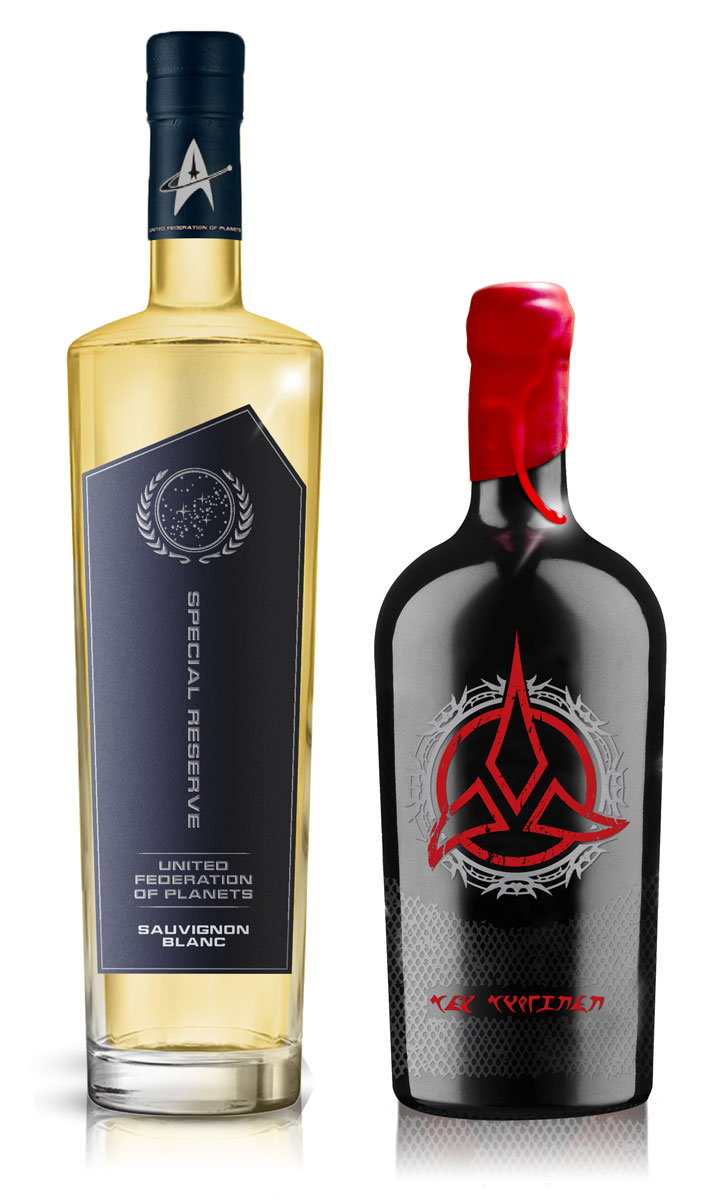
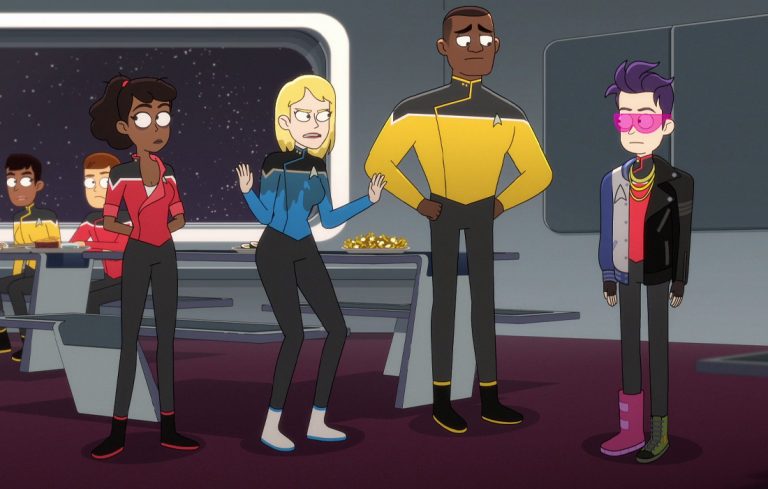
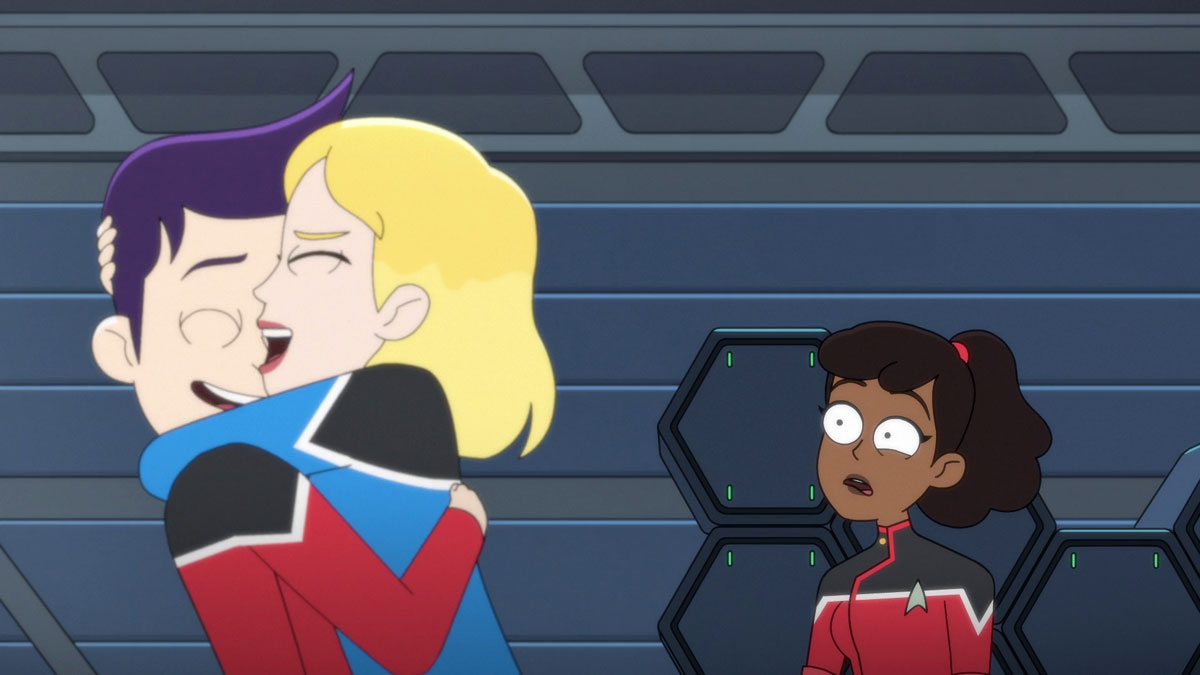
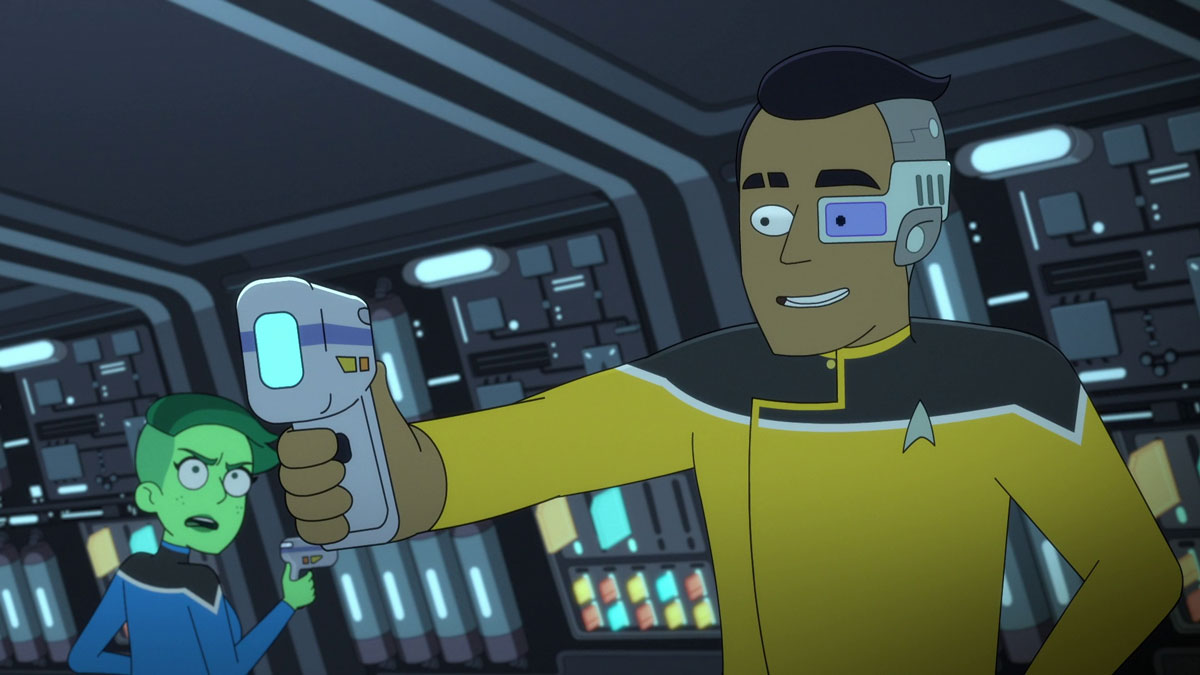
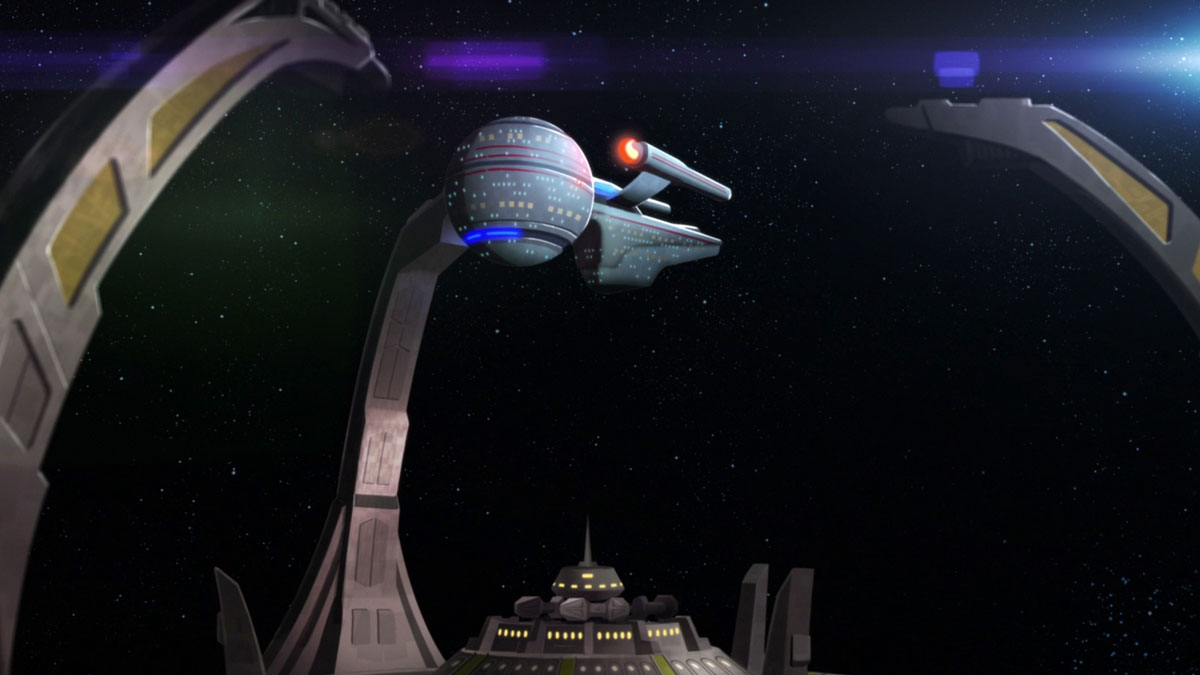

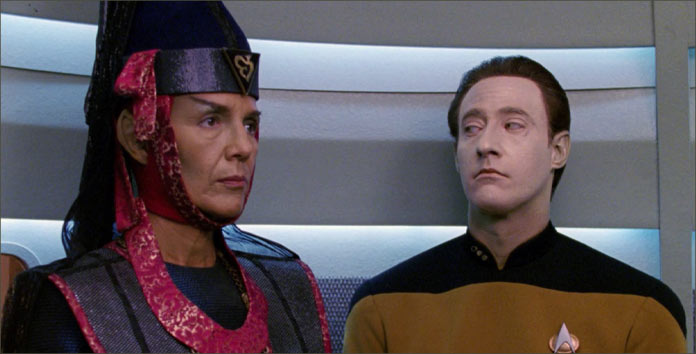
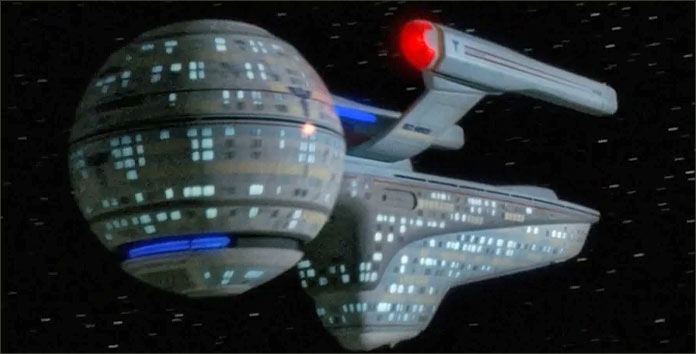
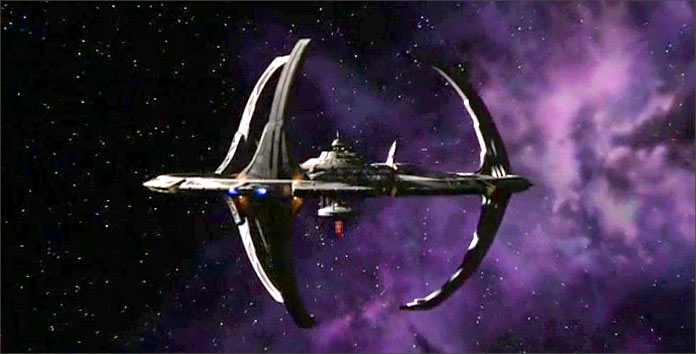
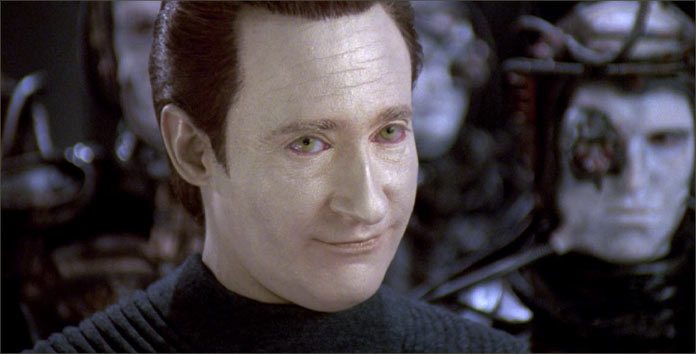
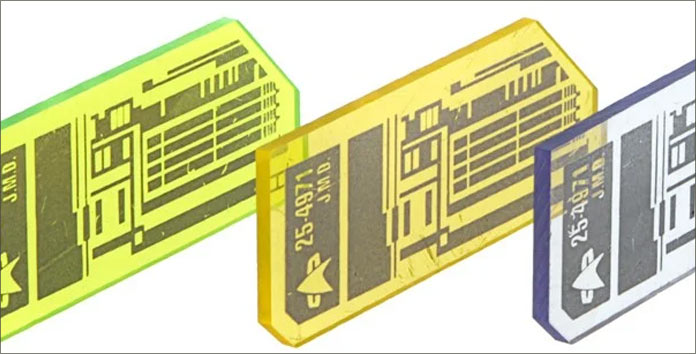
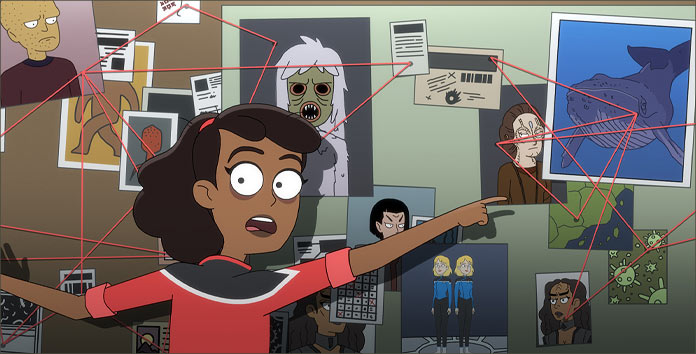
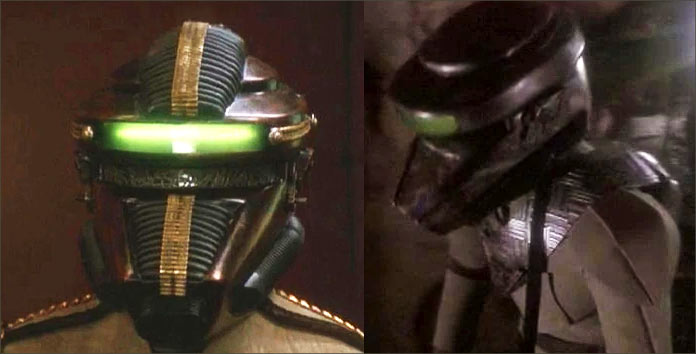
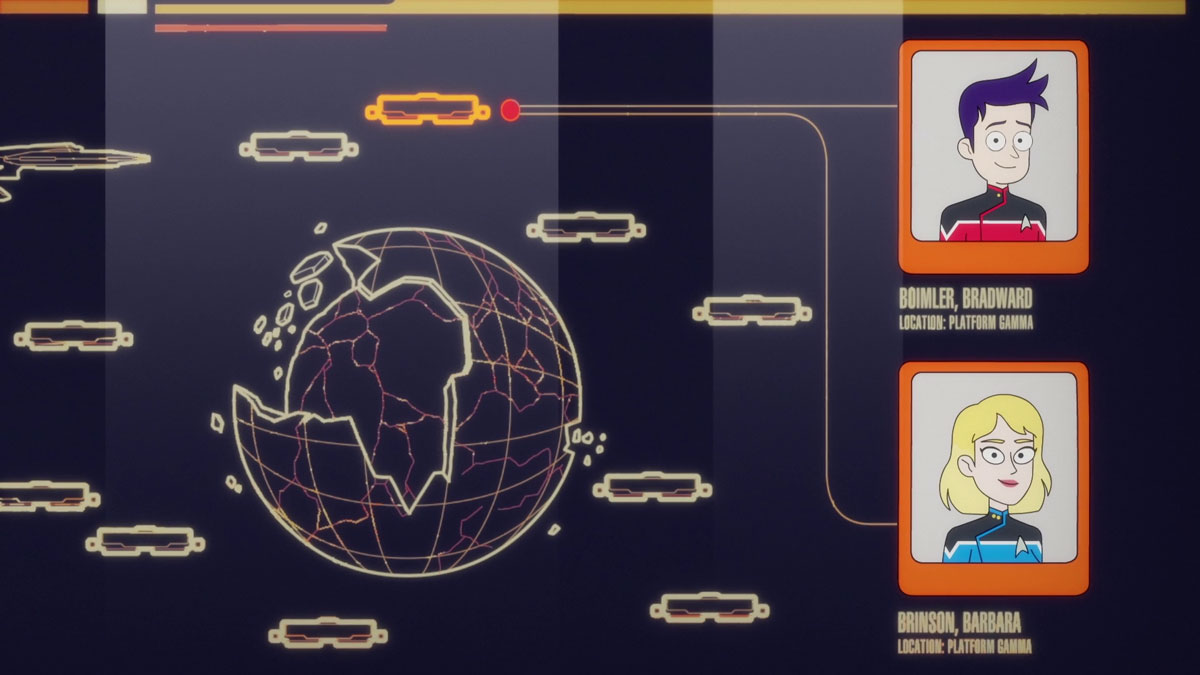
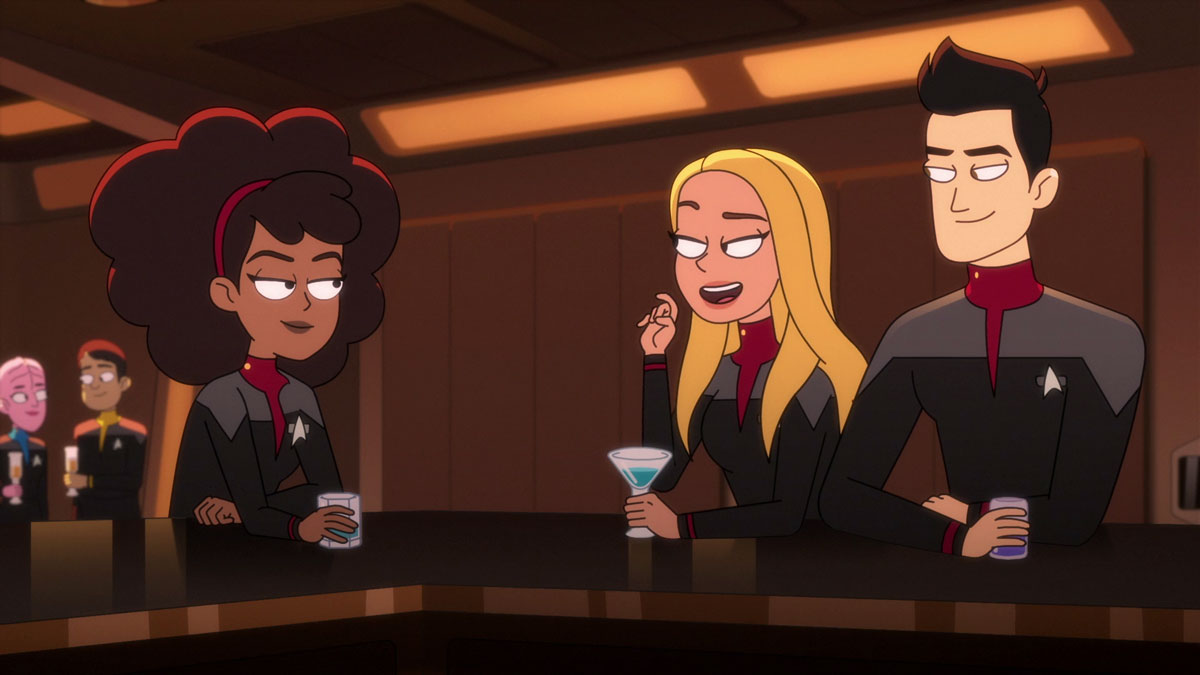
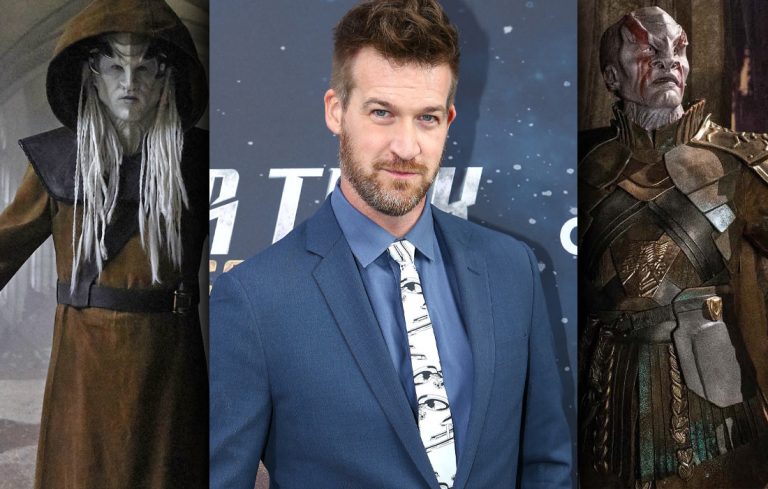

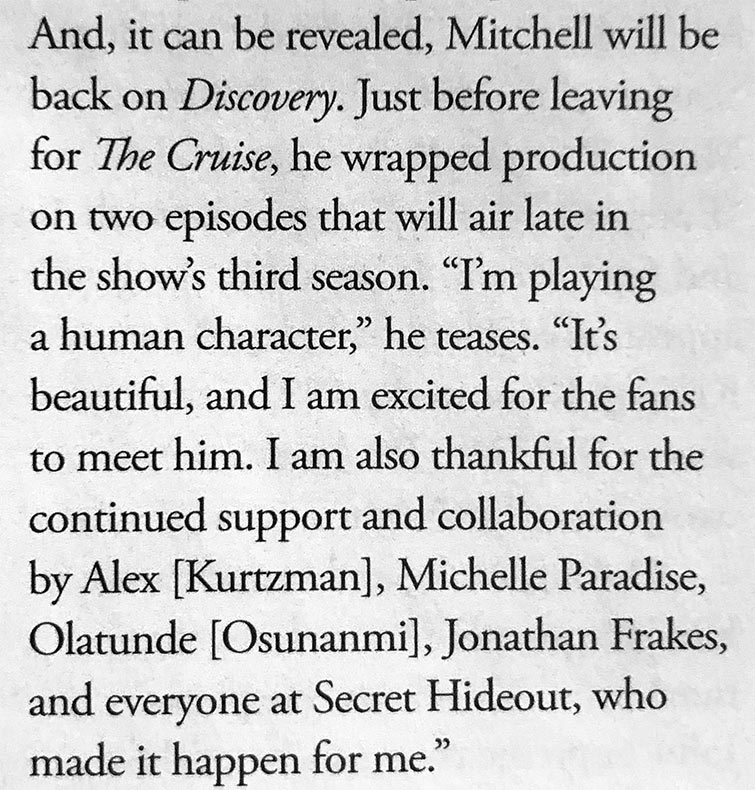
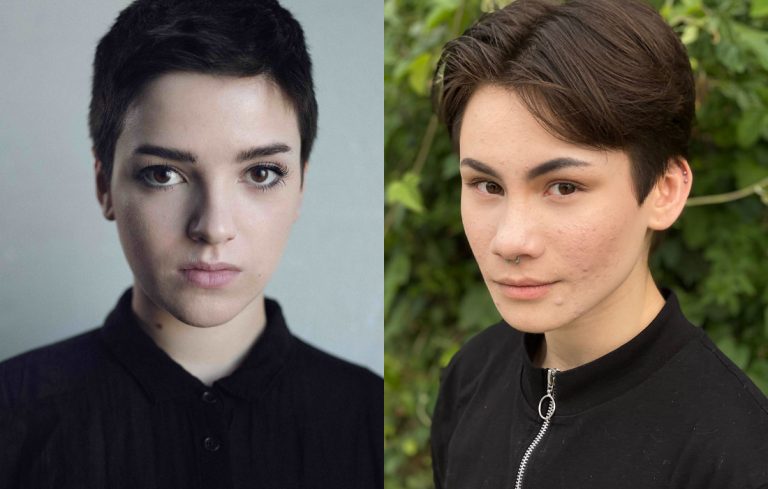
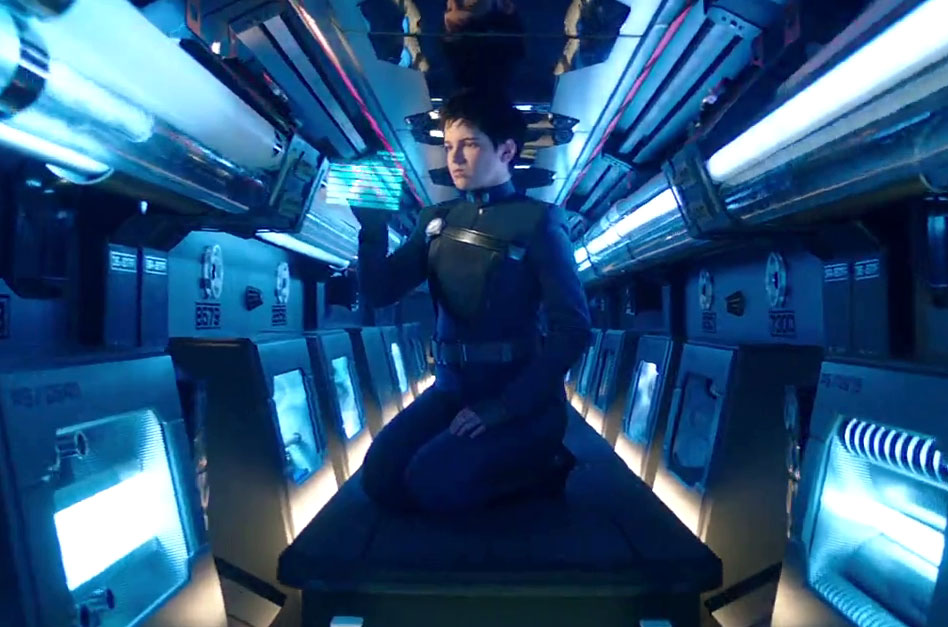
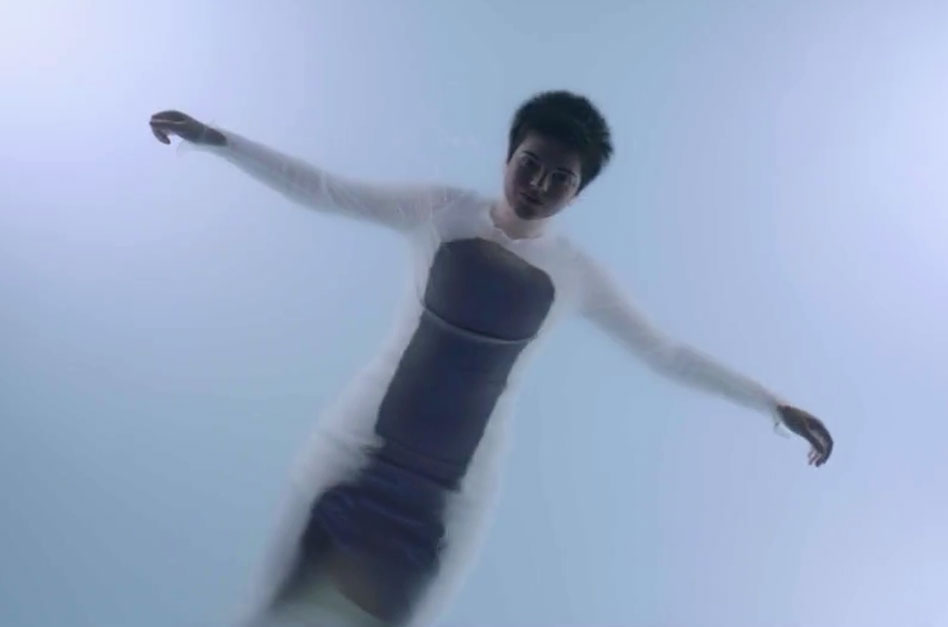

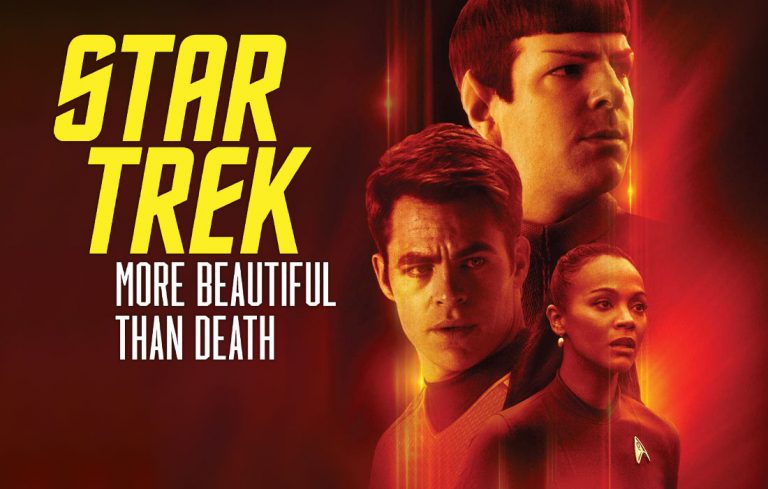
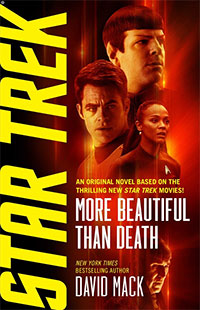
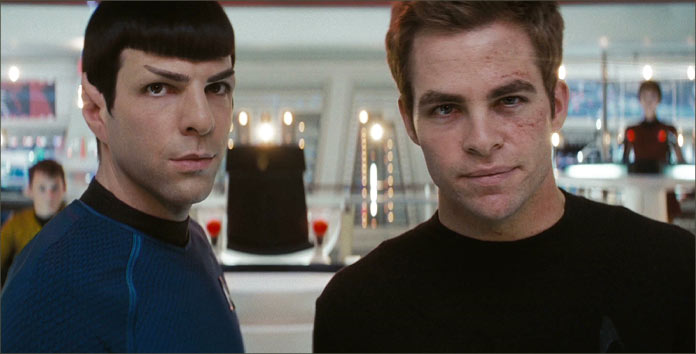
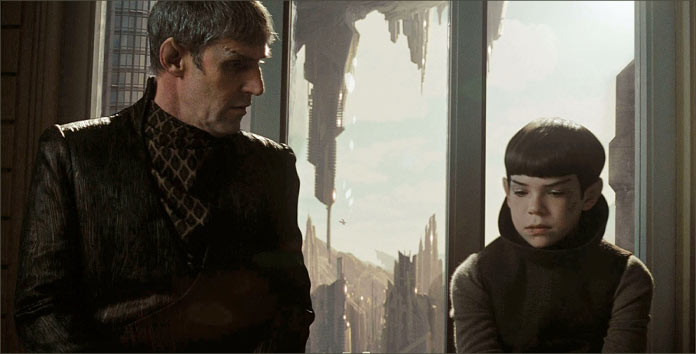
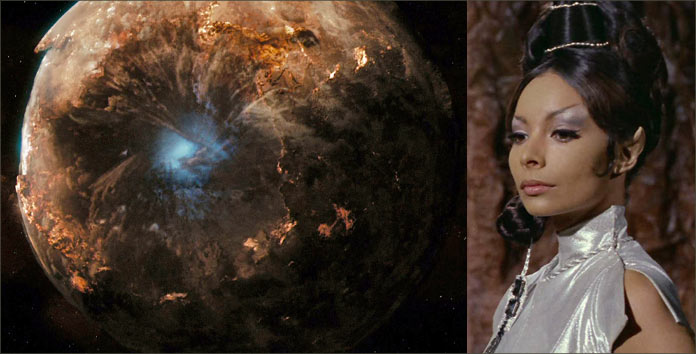
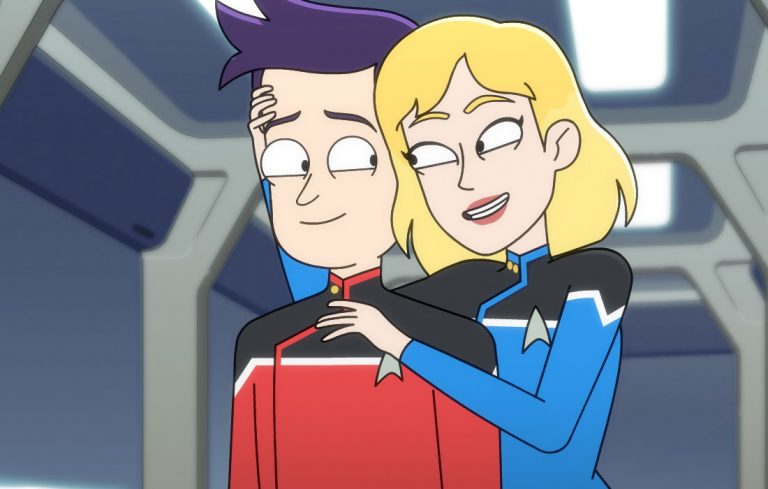
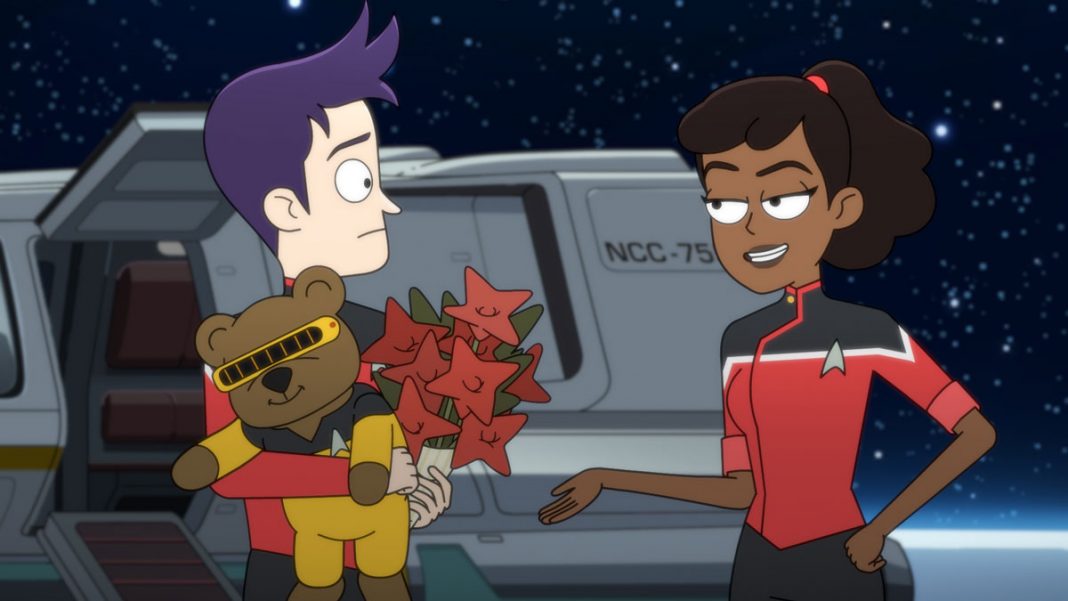
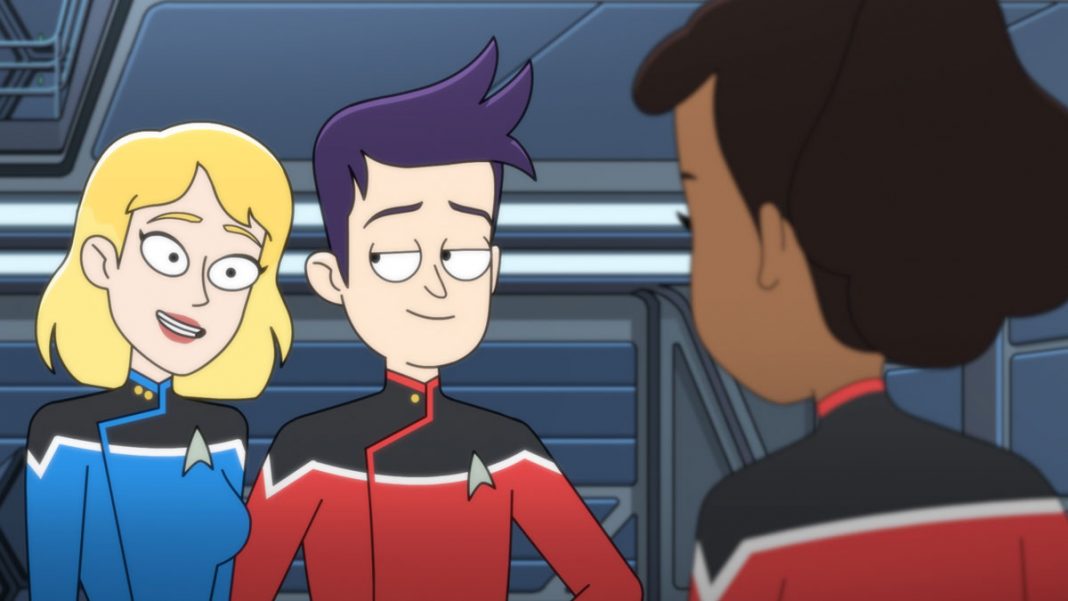
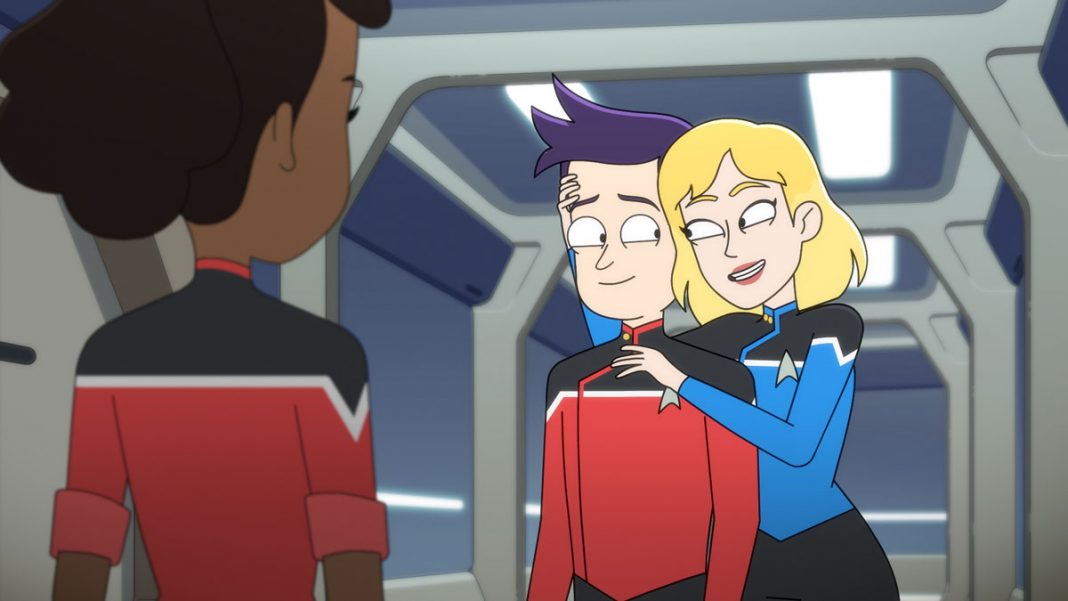
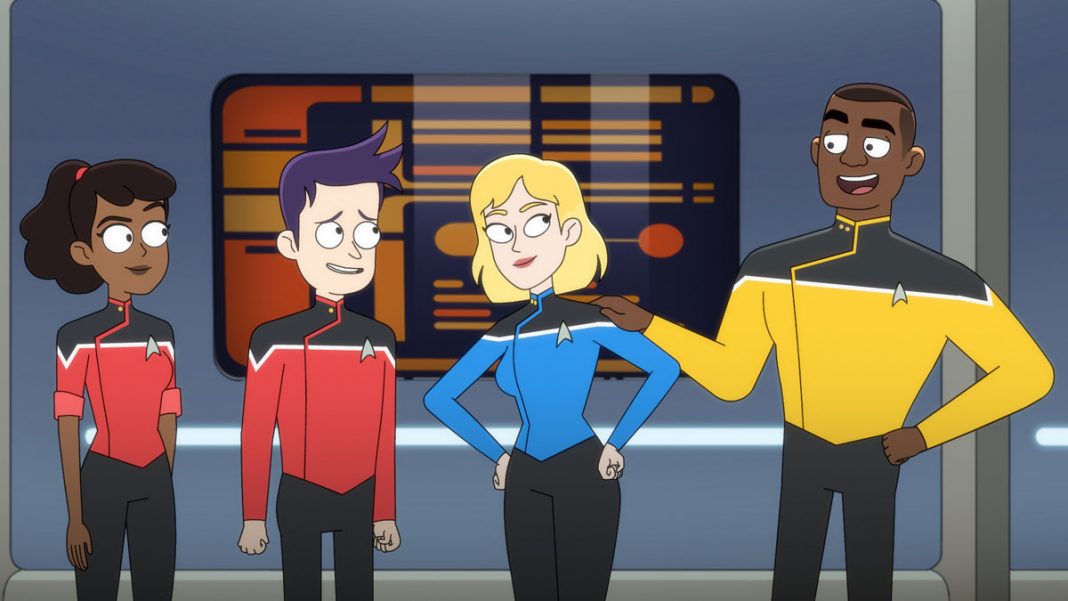
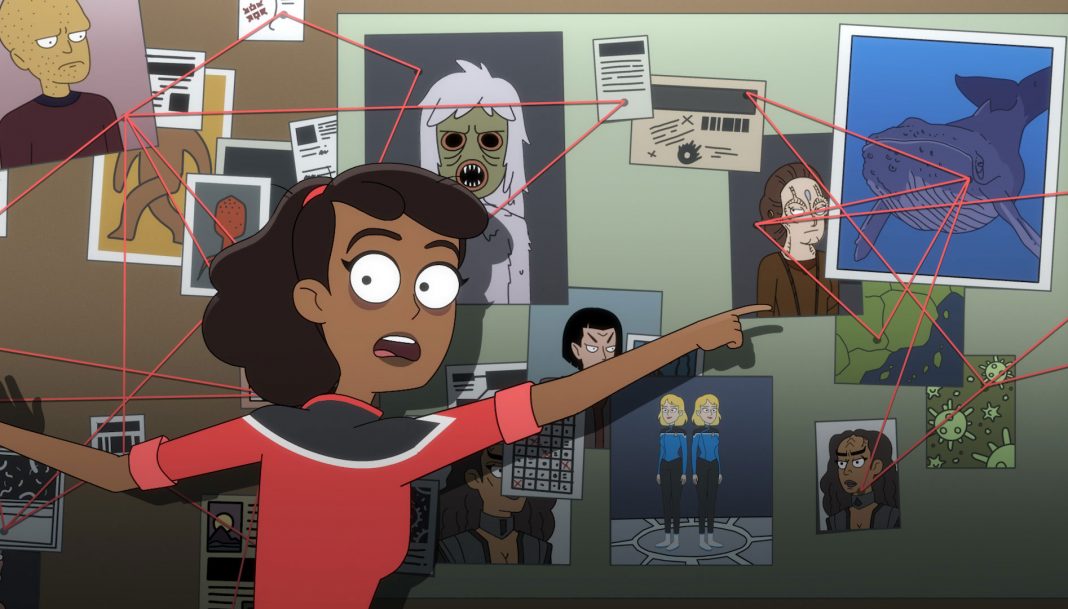
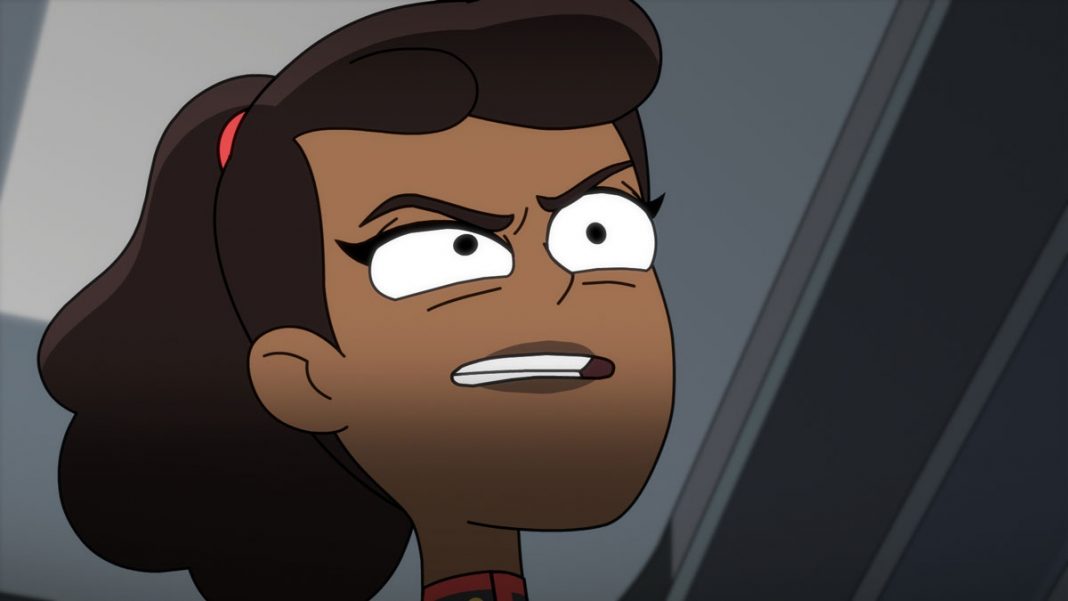
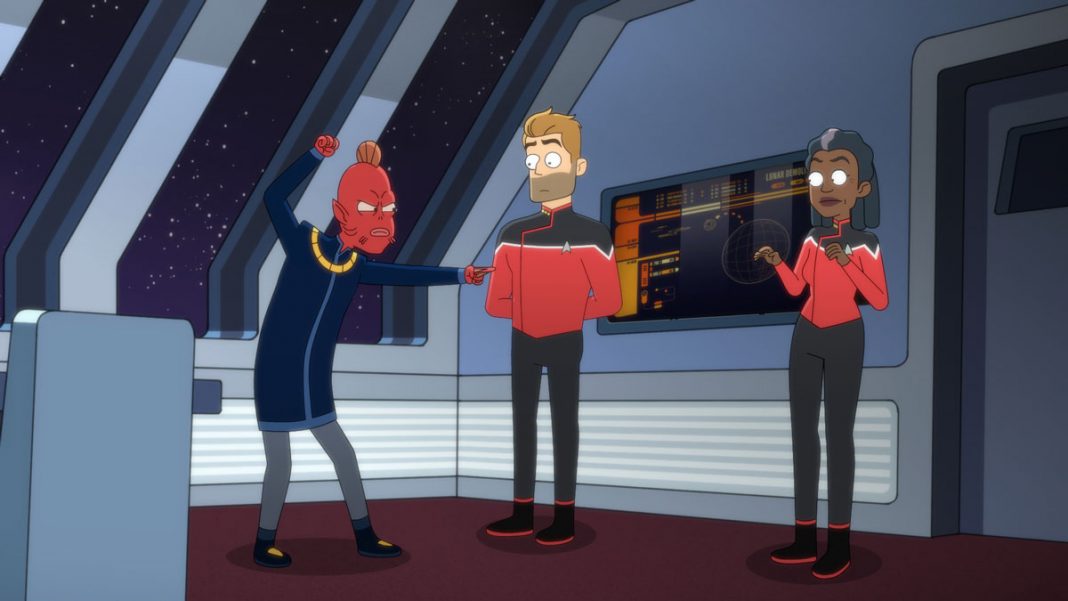
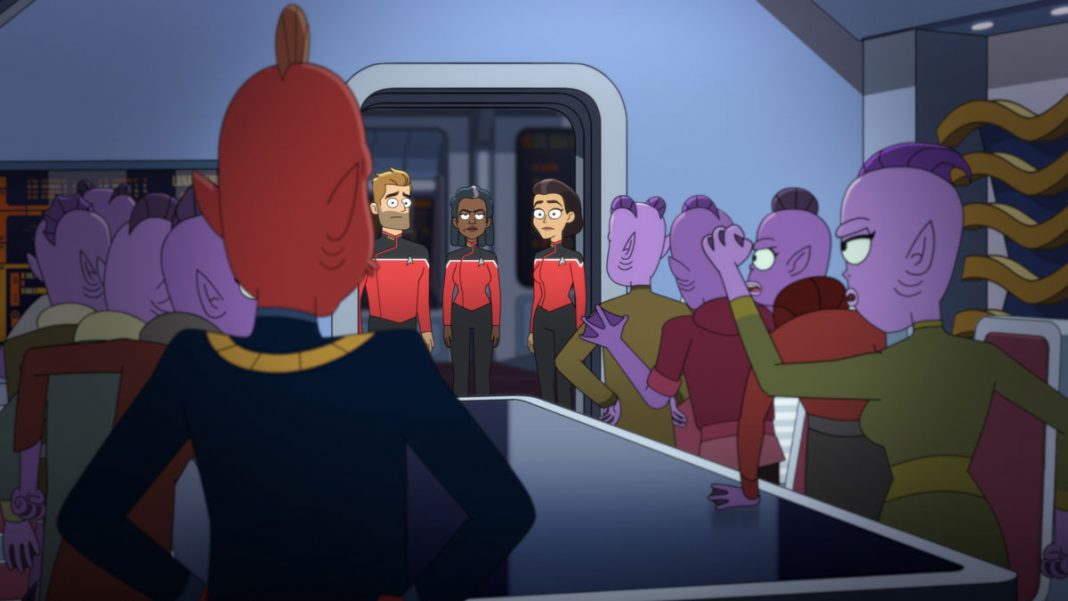
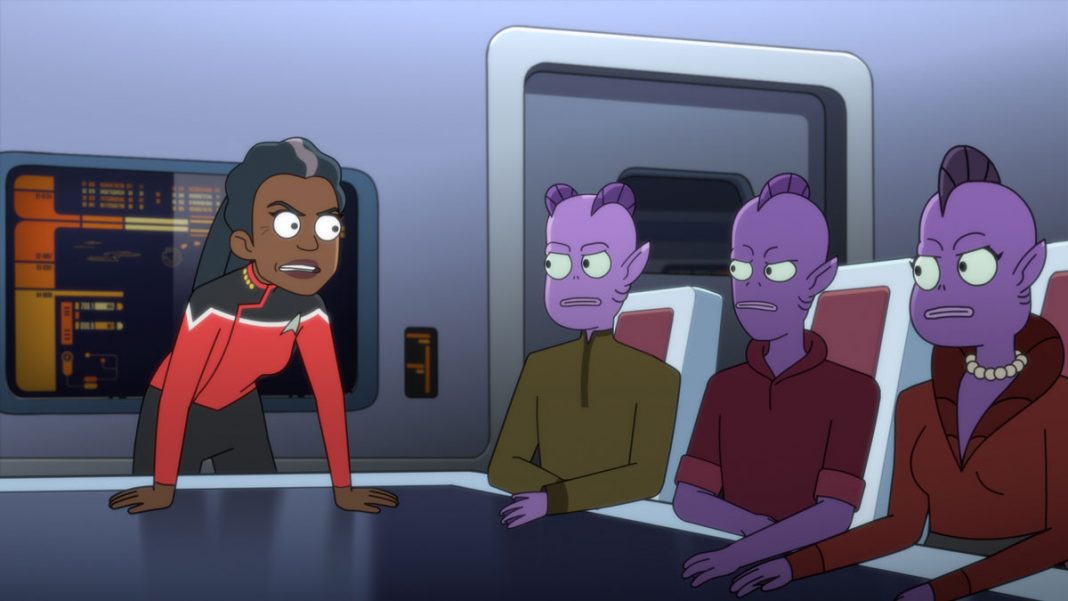
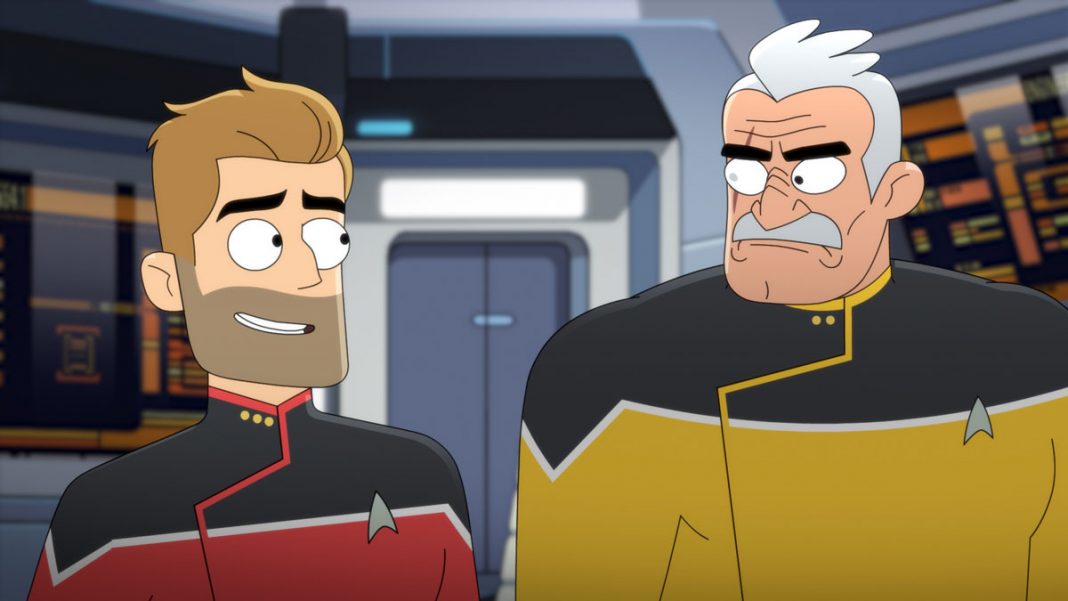
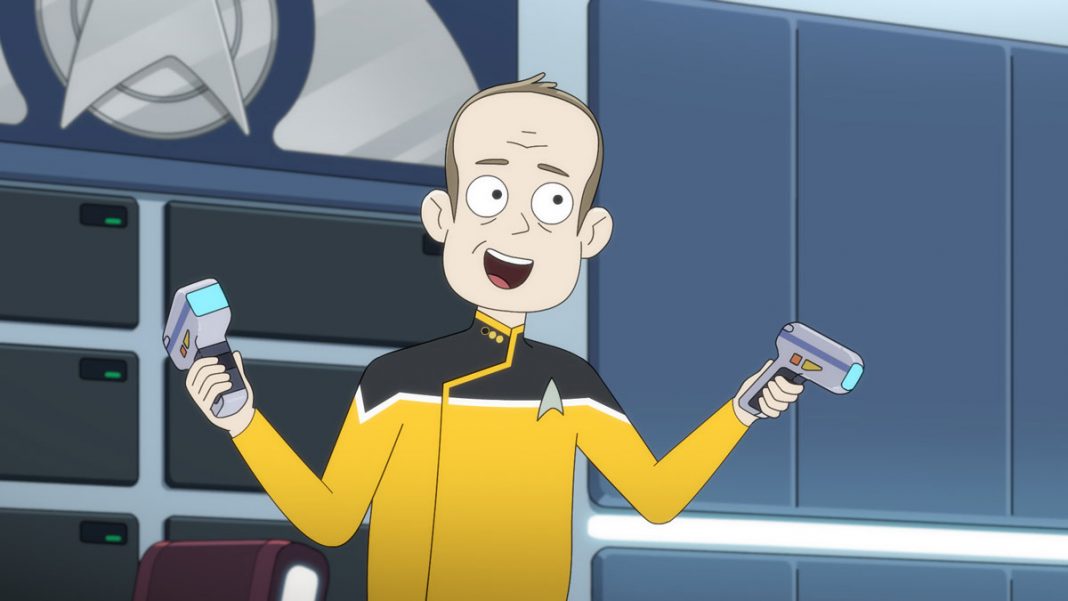
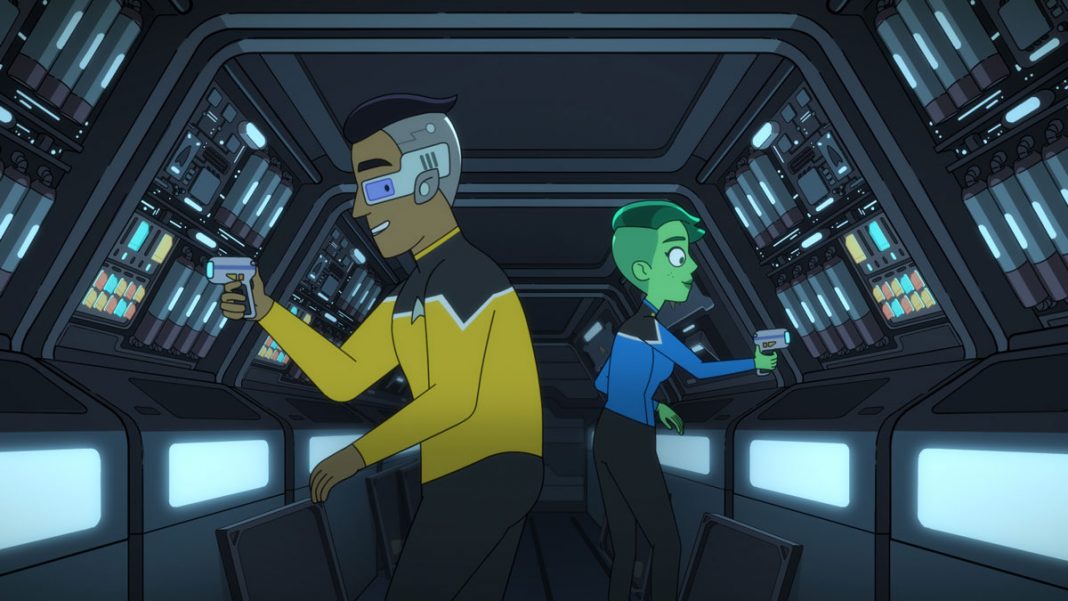
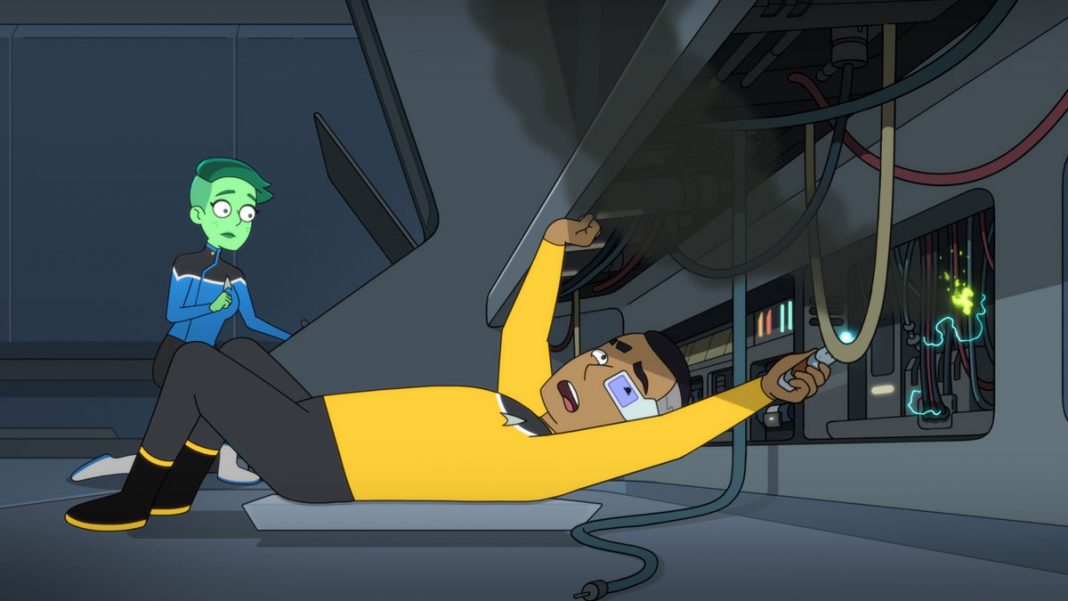
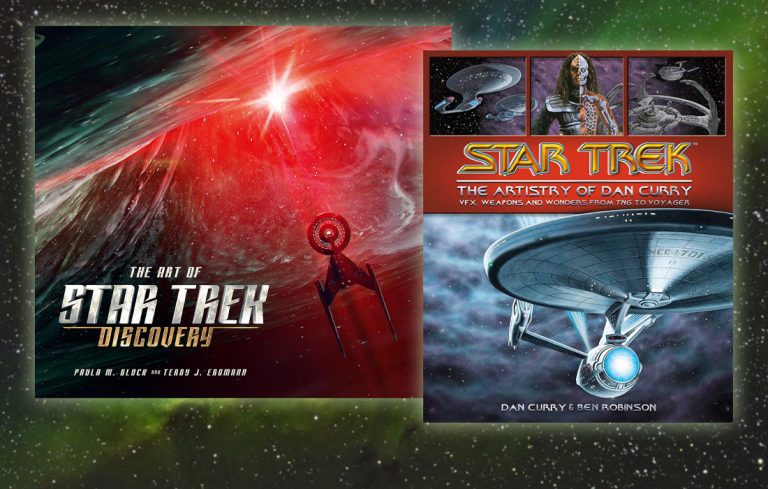
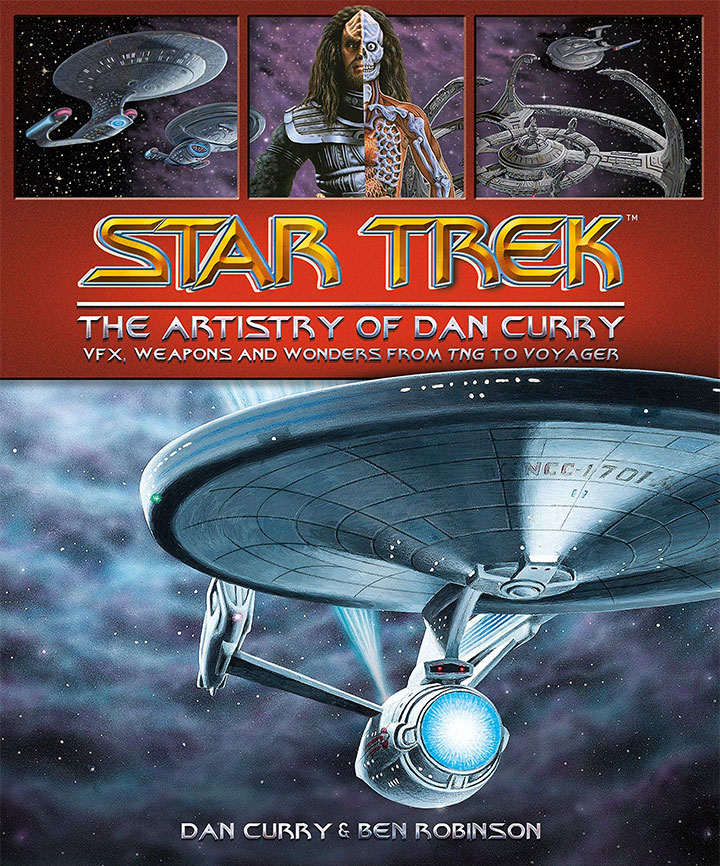
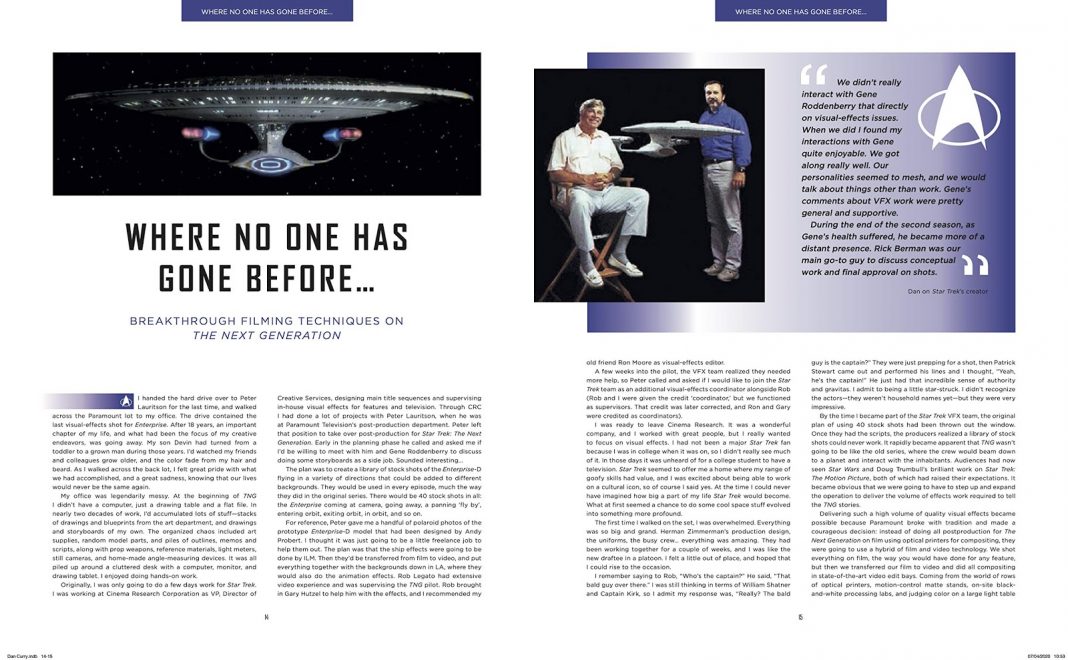
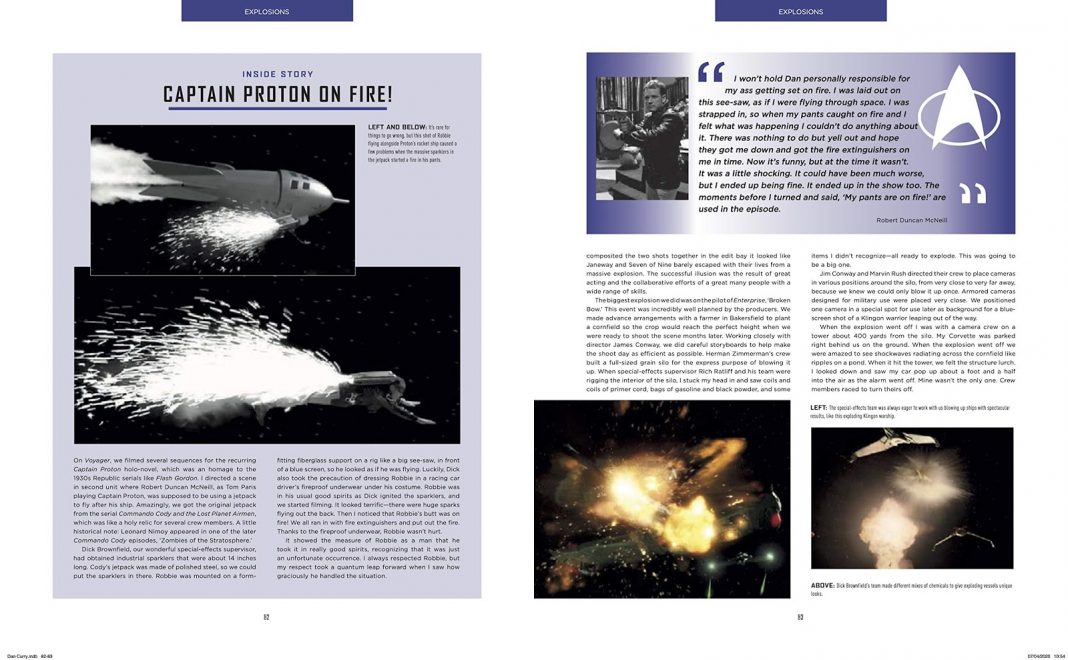
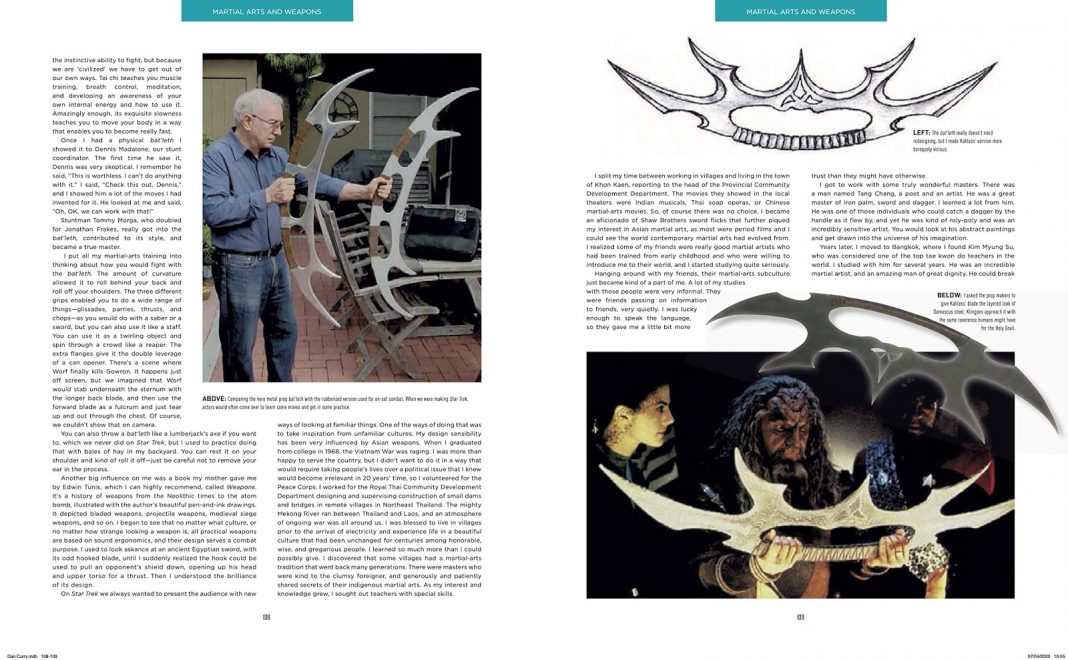
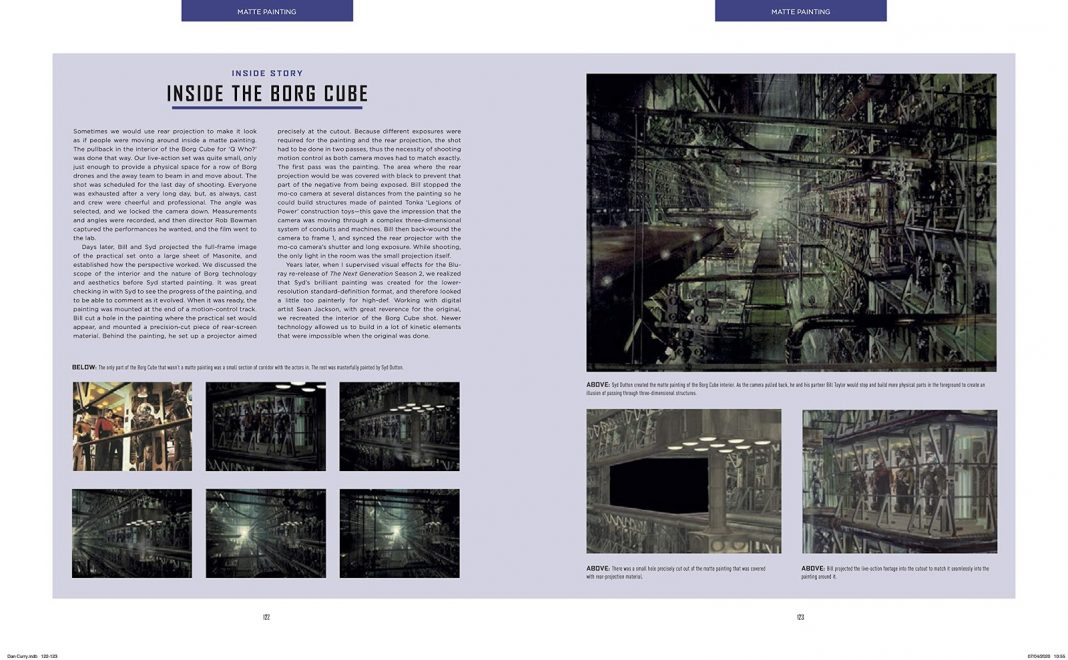
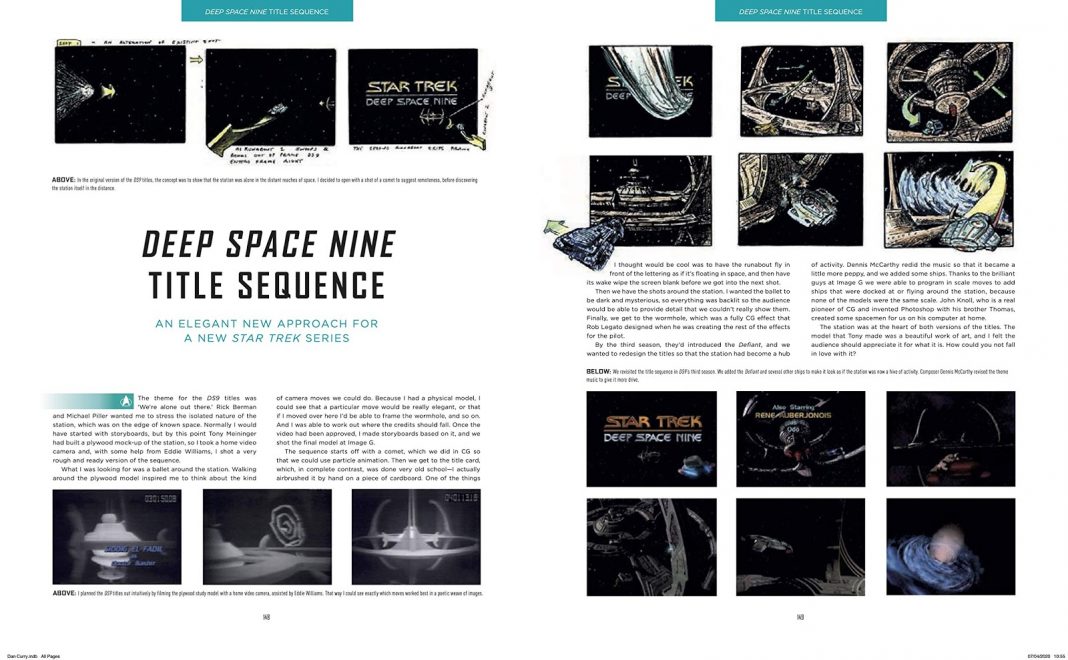
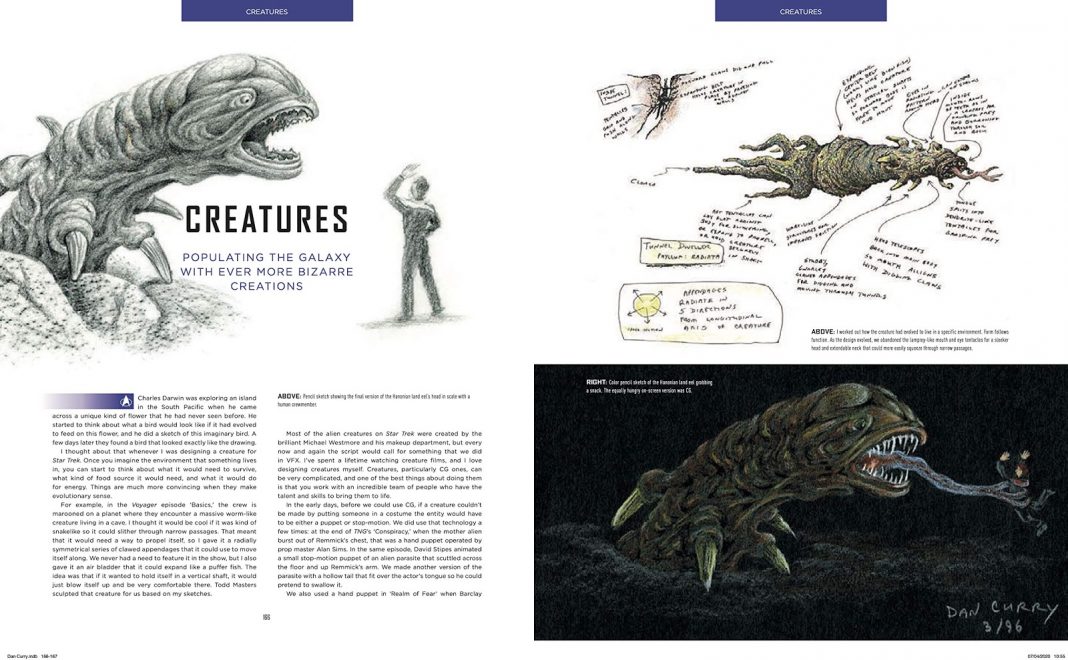
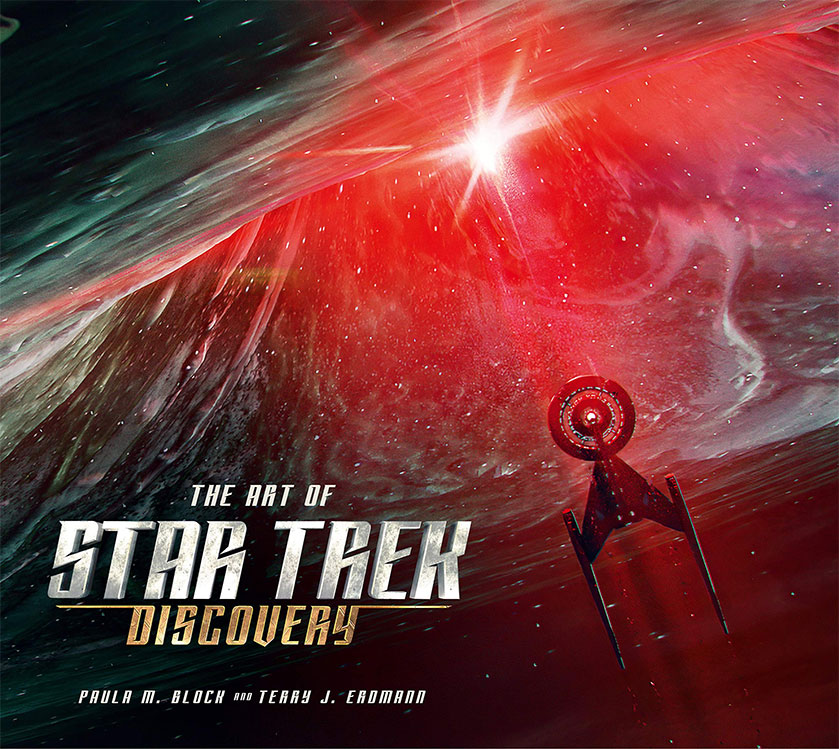
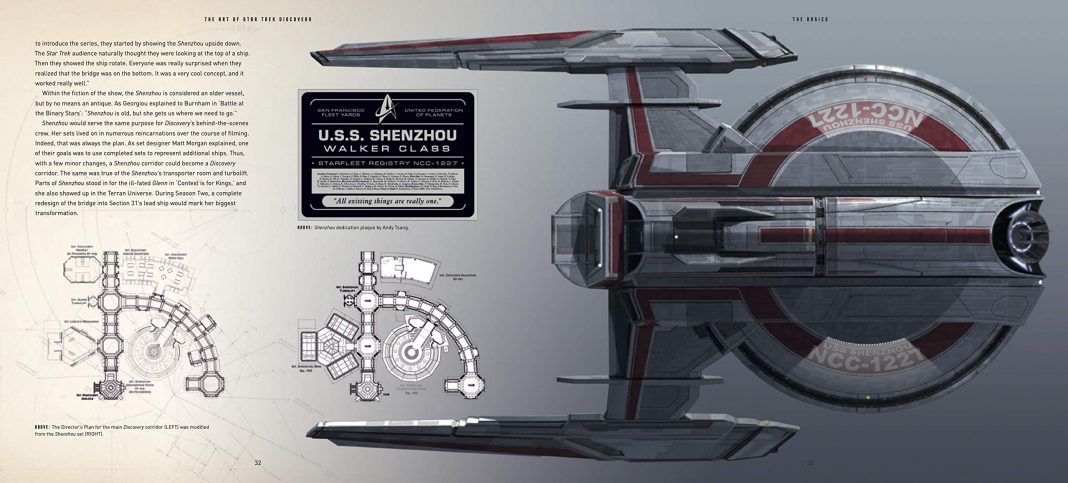
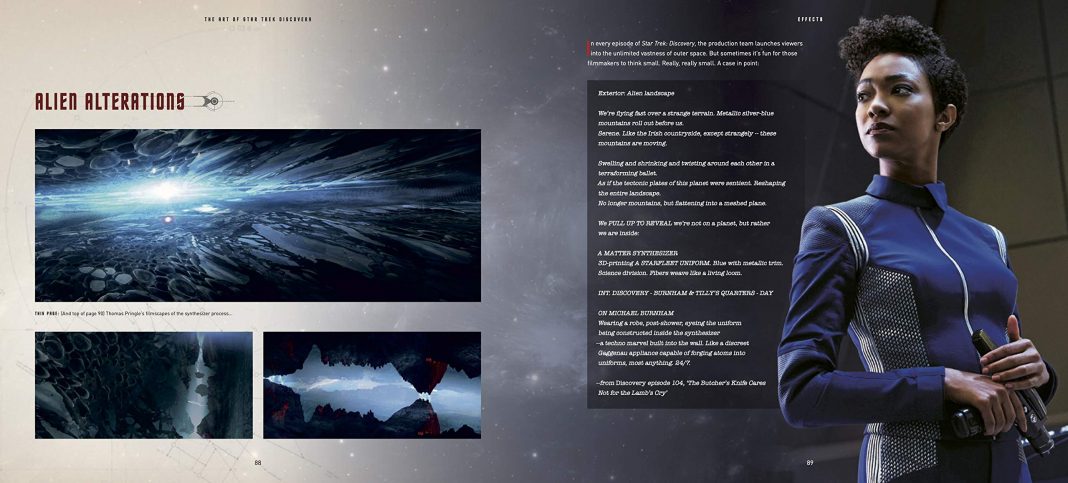
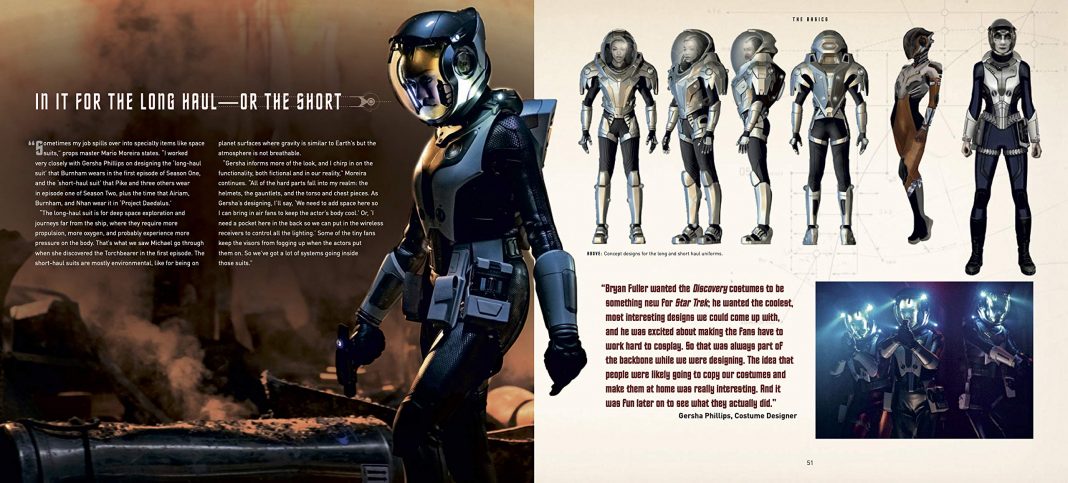
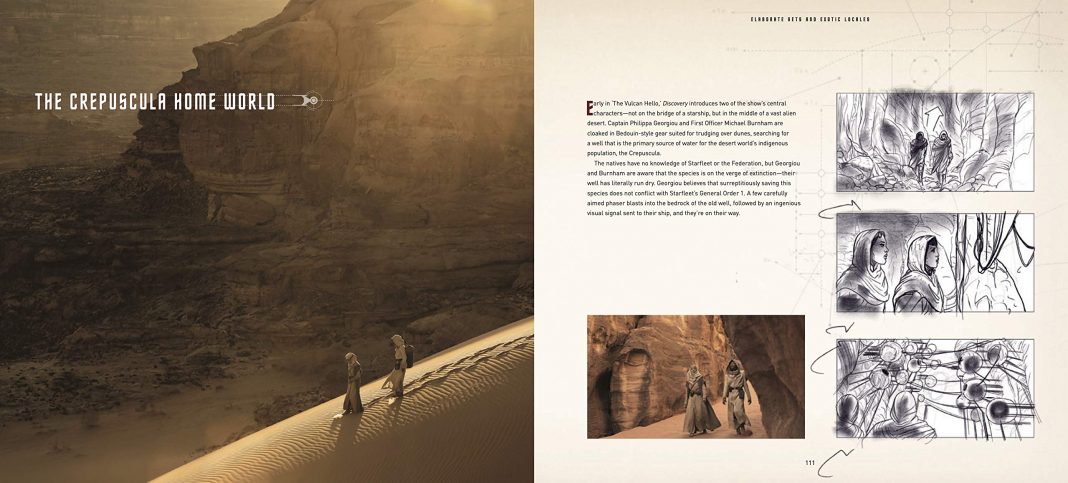
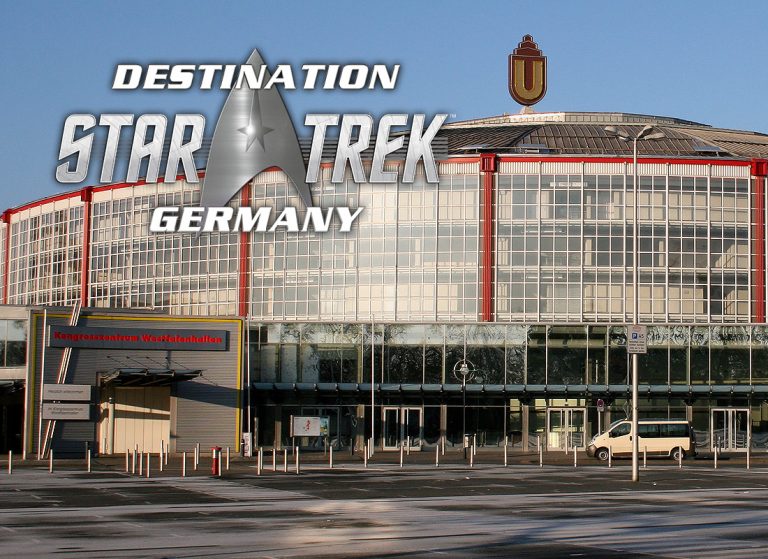
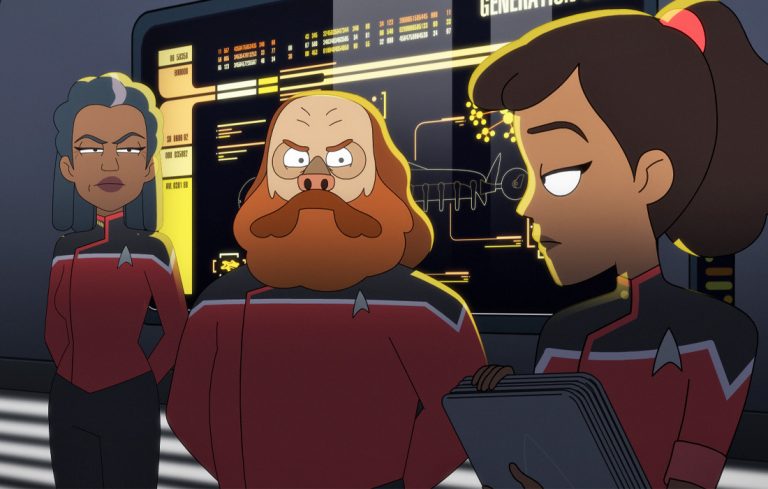
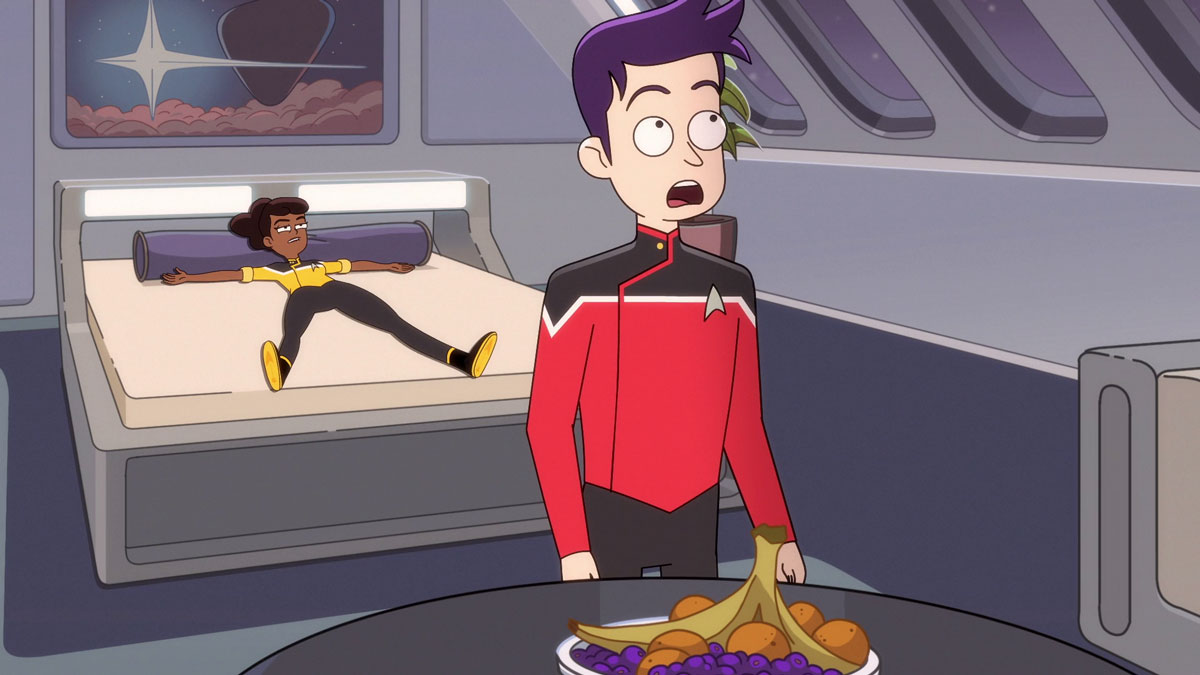
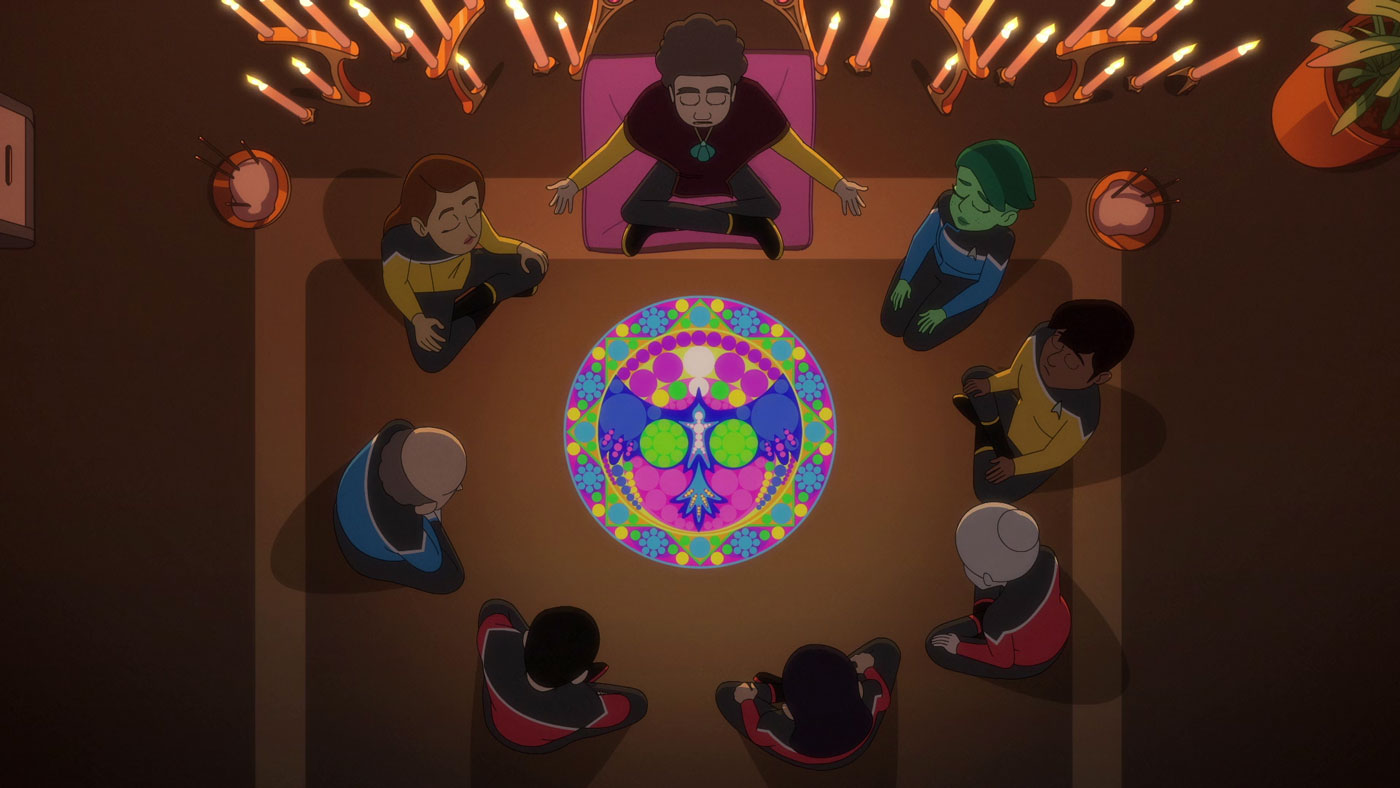

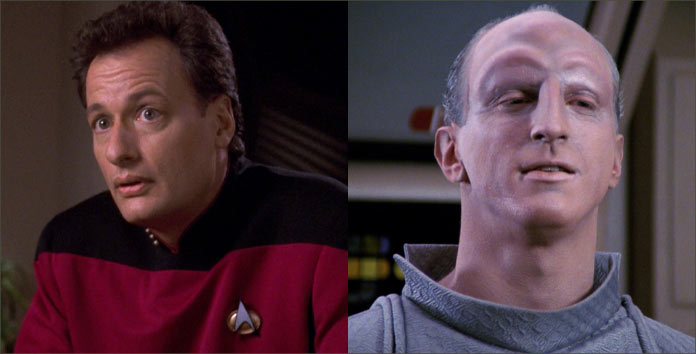
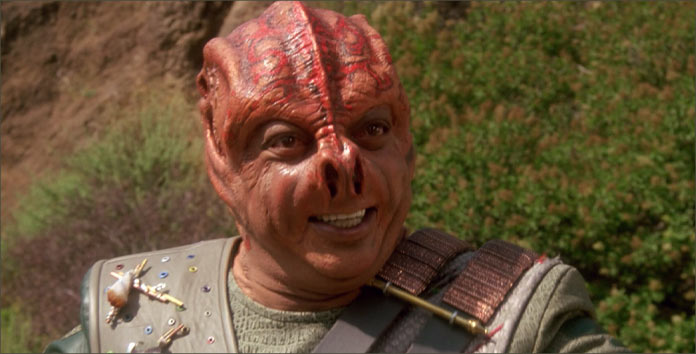

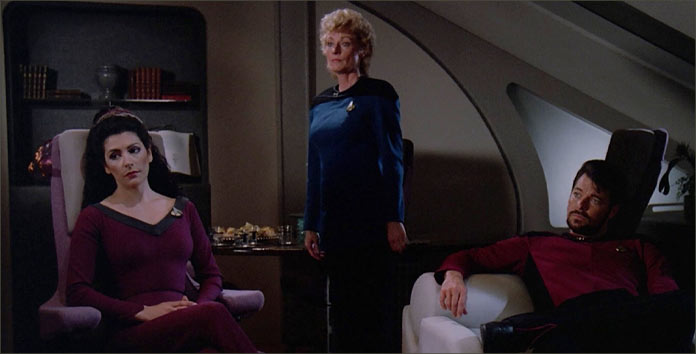
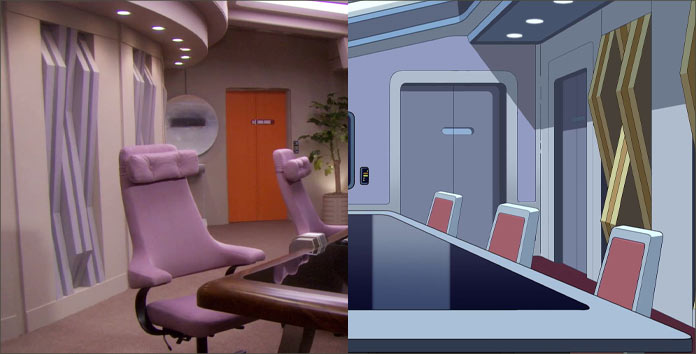
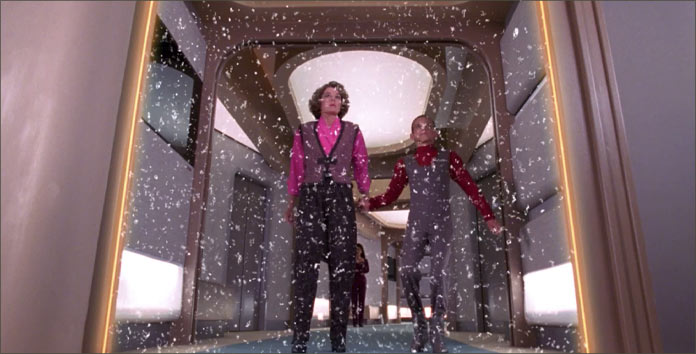

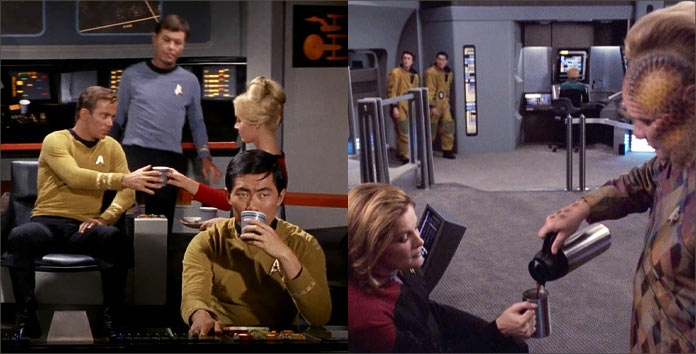
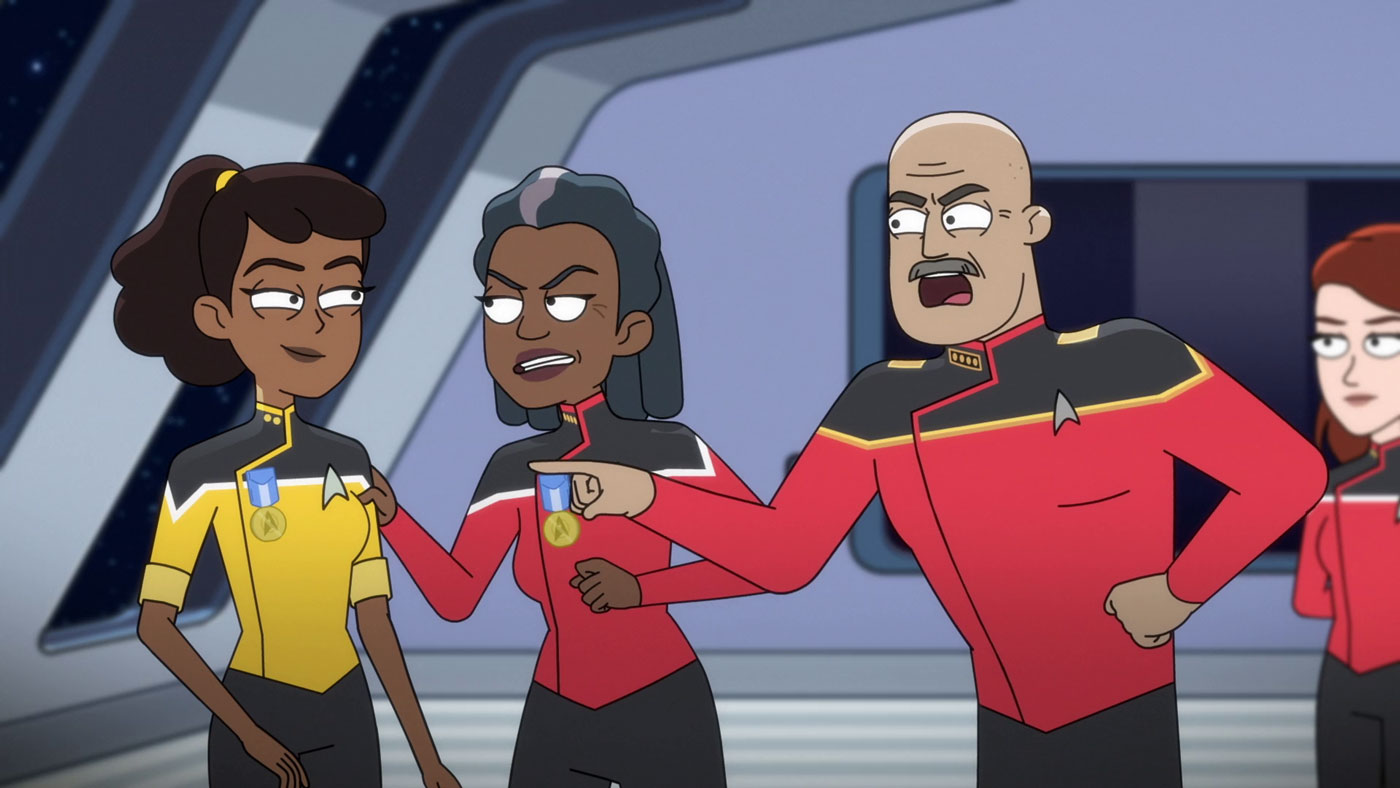
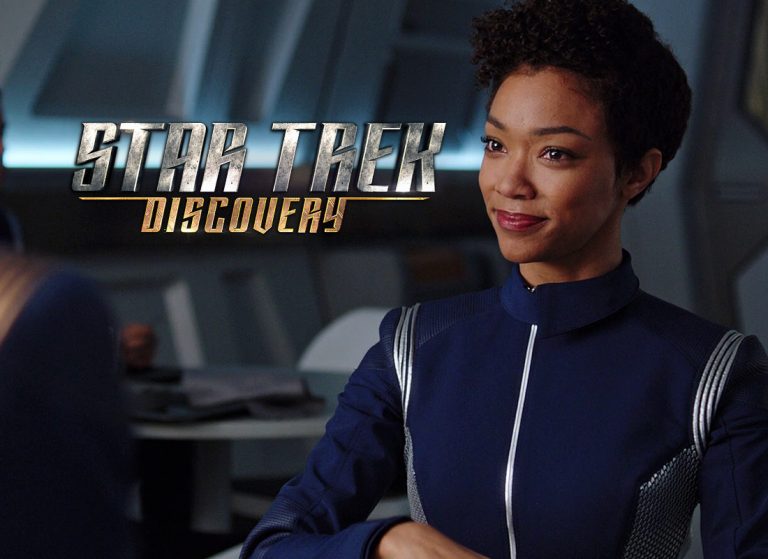
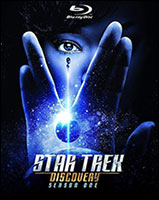 Star Trek: DiscoverySeason 1 Blu-ray
Star Trek: DiscoverySeason 1 Blu-ray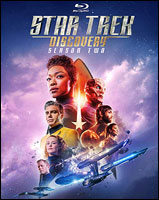 Star Trek: DiscoverySeason 2 Blu-ray
Star Trek: DiscoverySeason 2 Blu-ray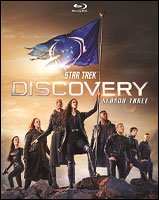 Star Trek: DiscoverySeason 3 Blu-ray
Star Trek: DiscoverySeason 3 Blu-ray